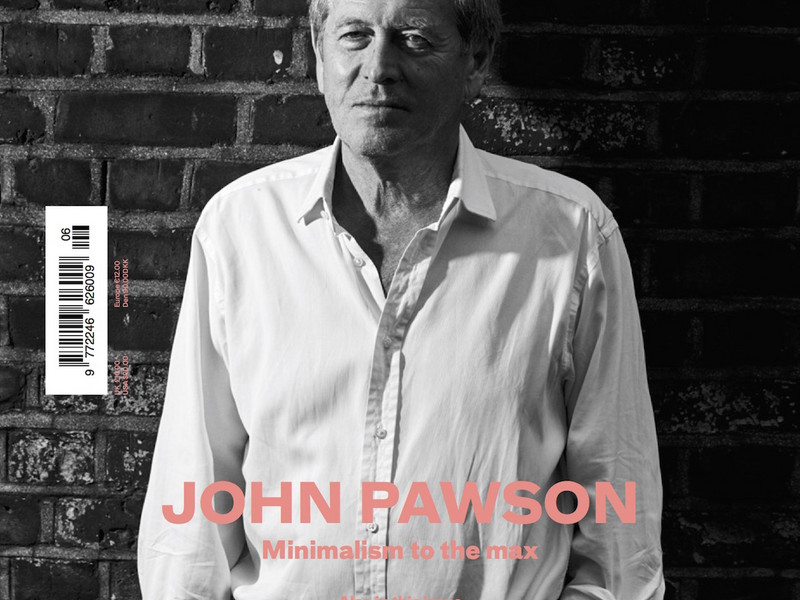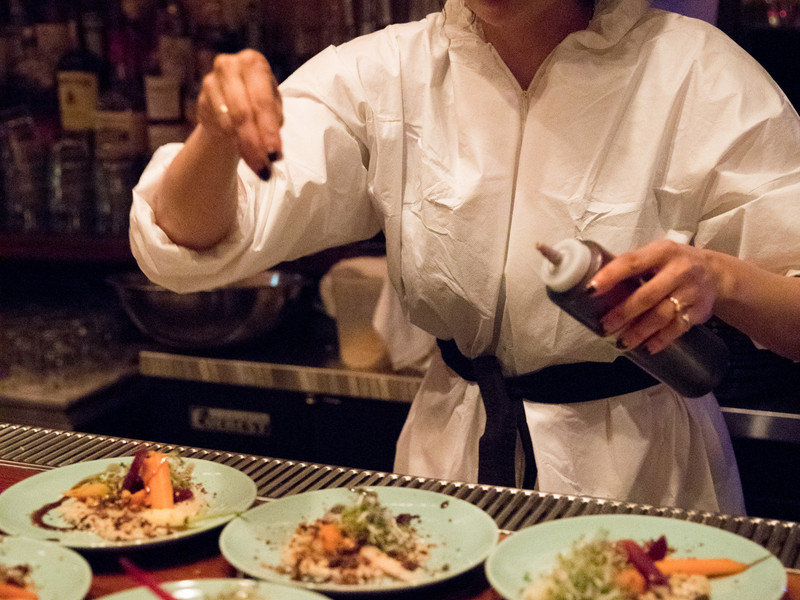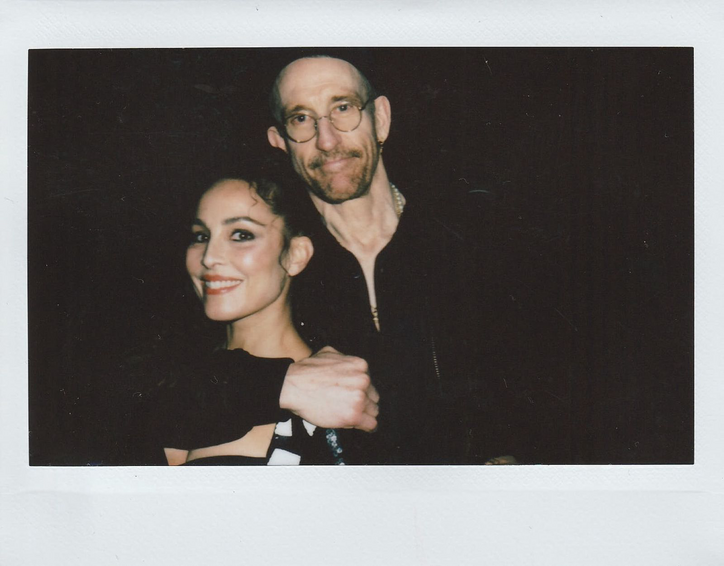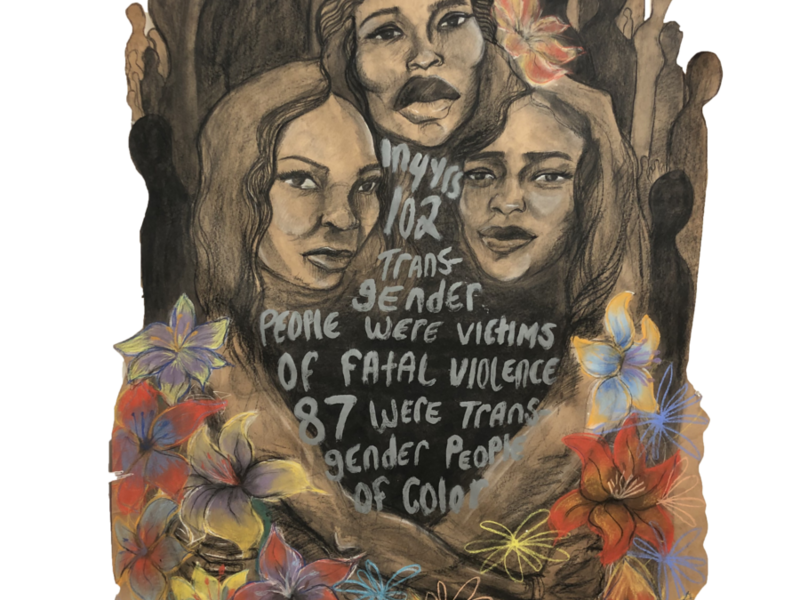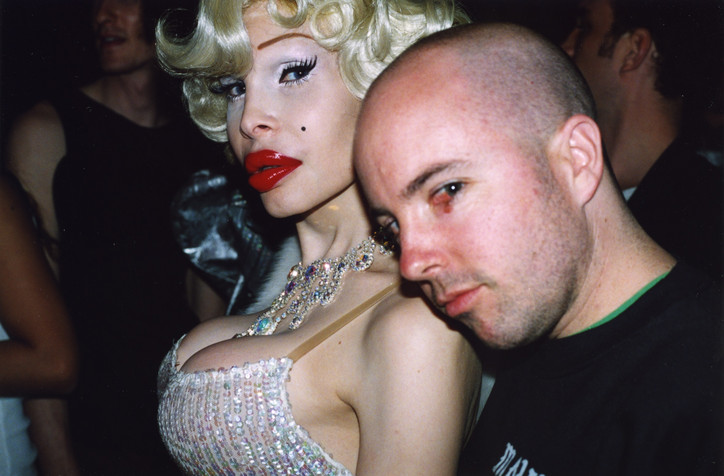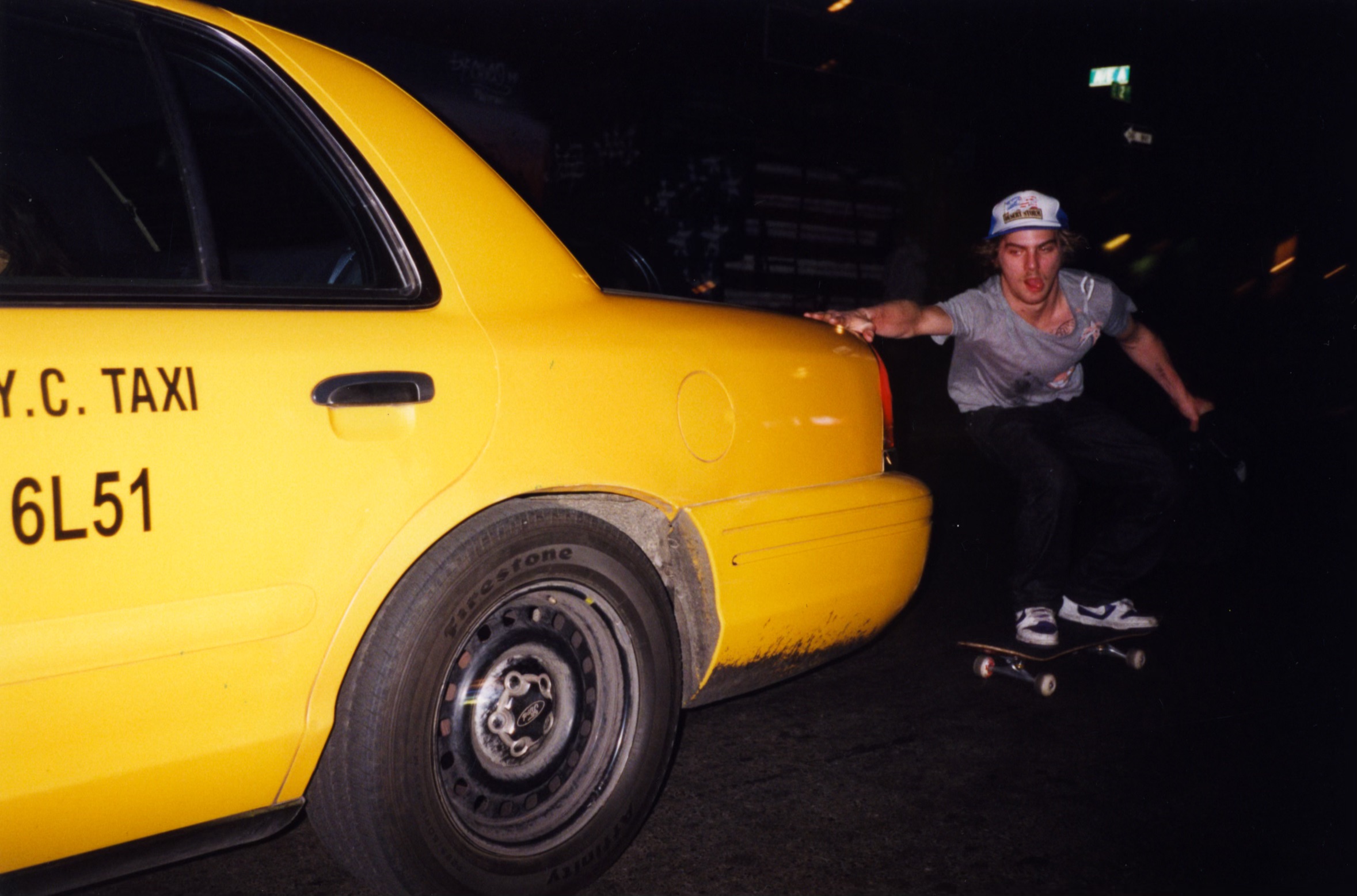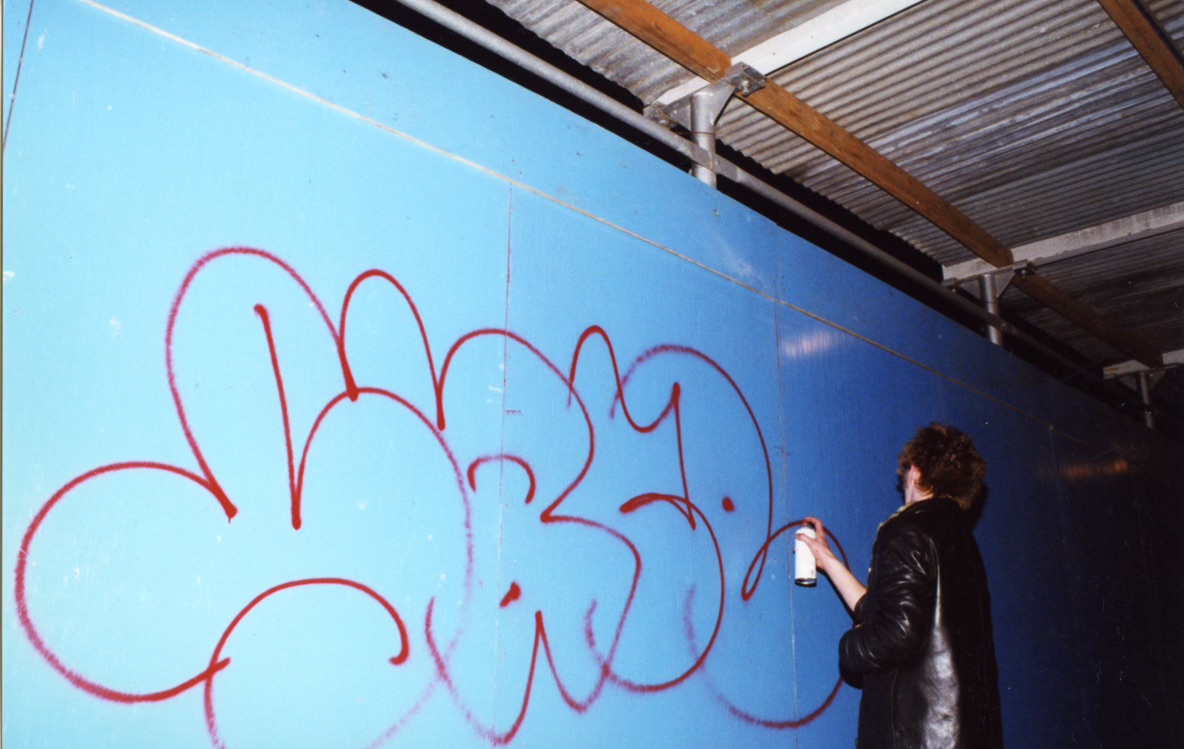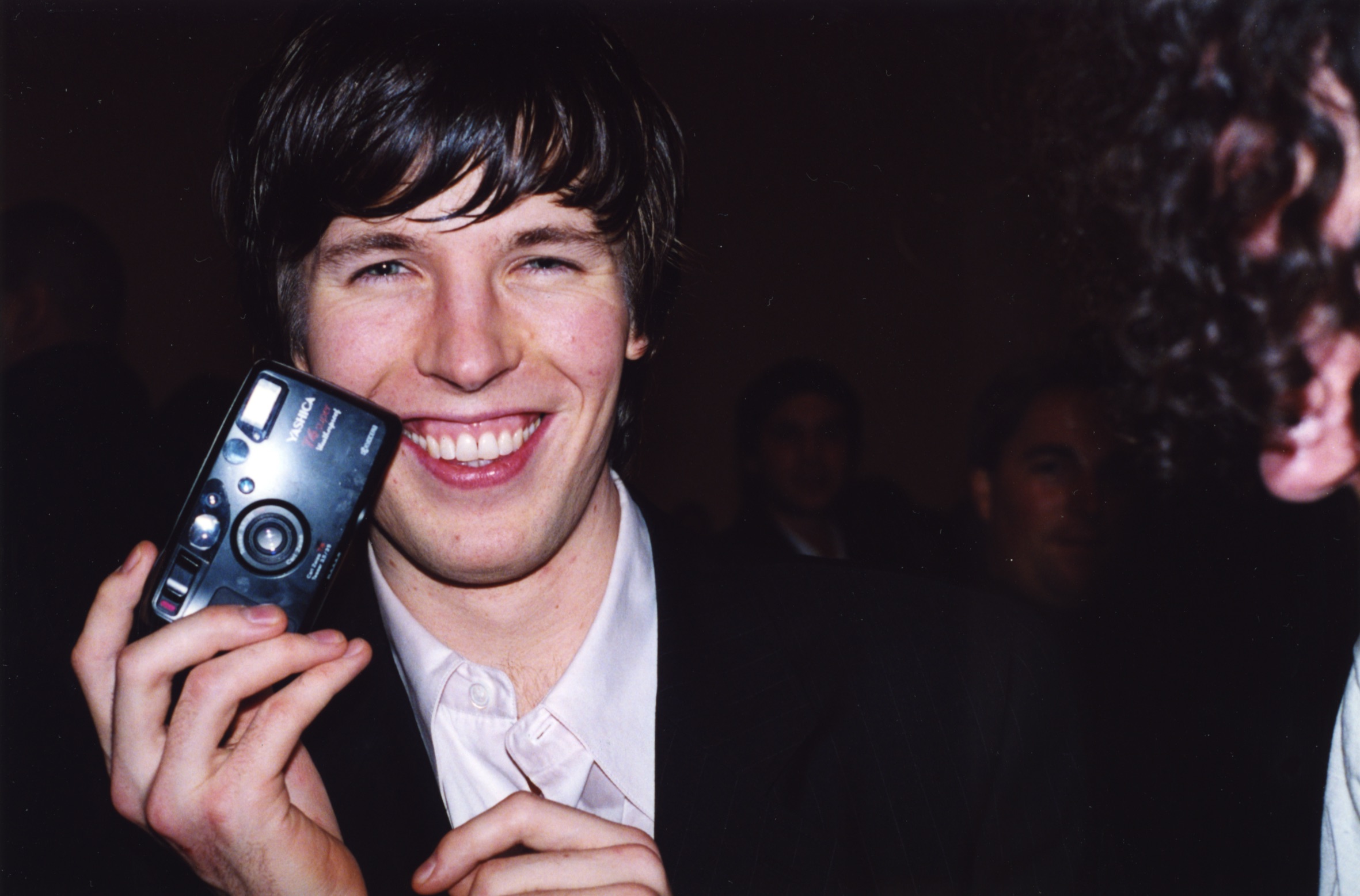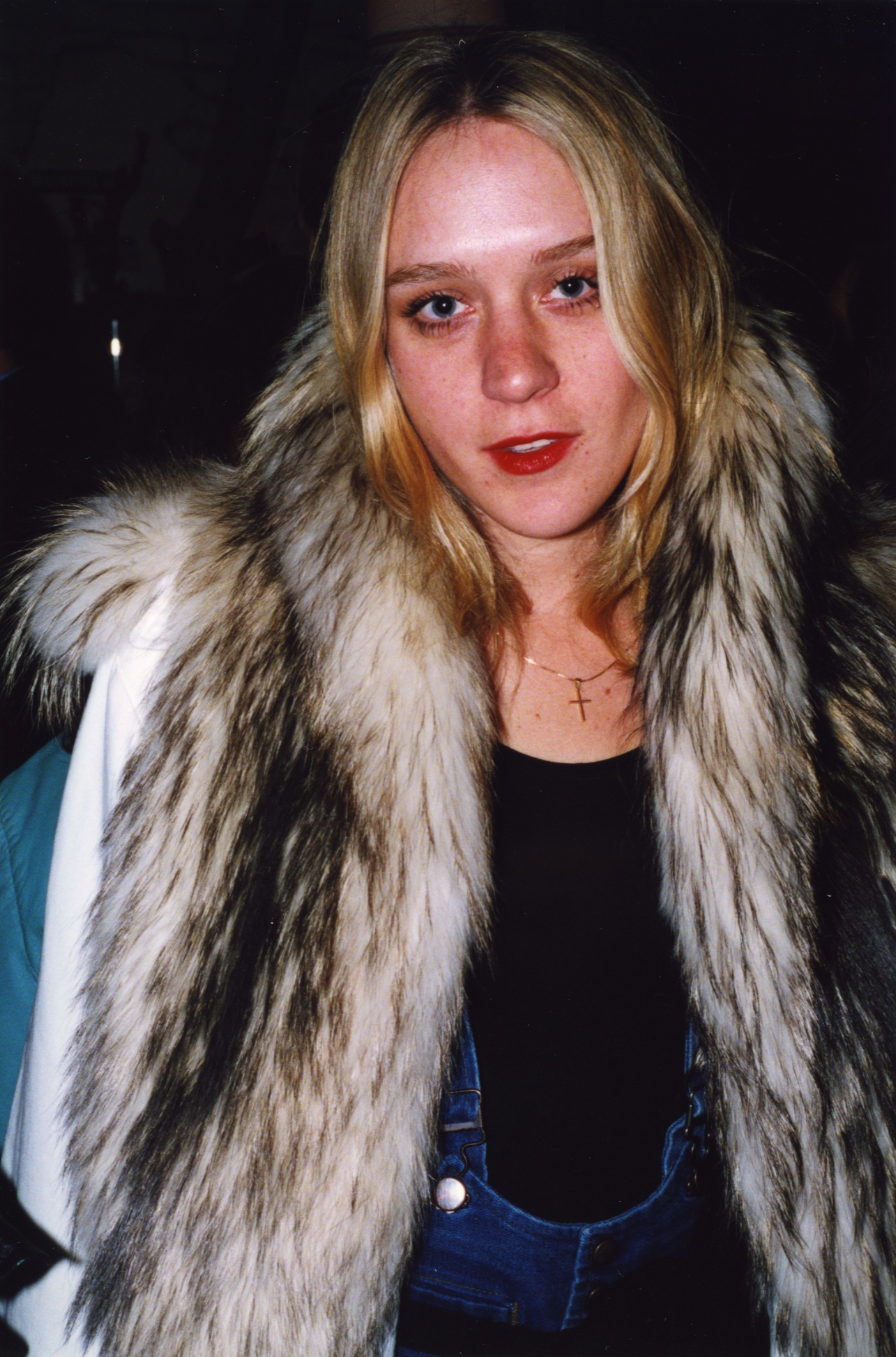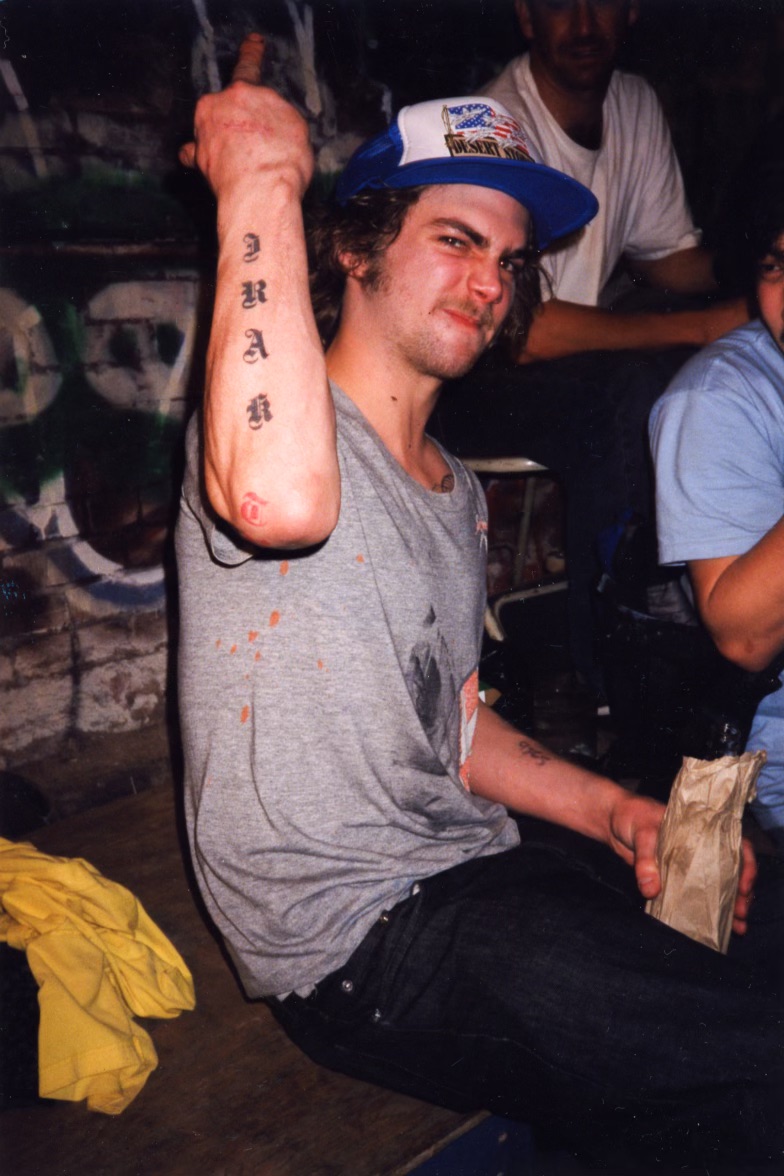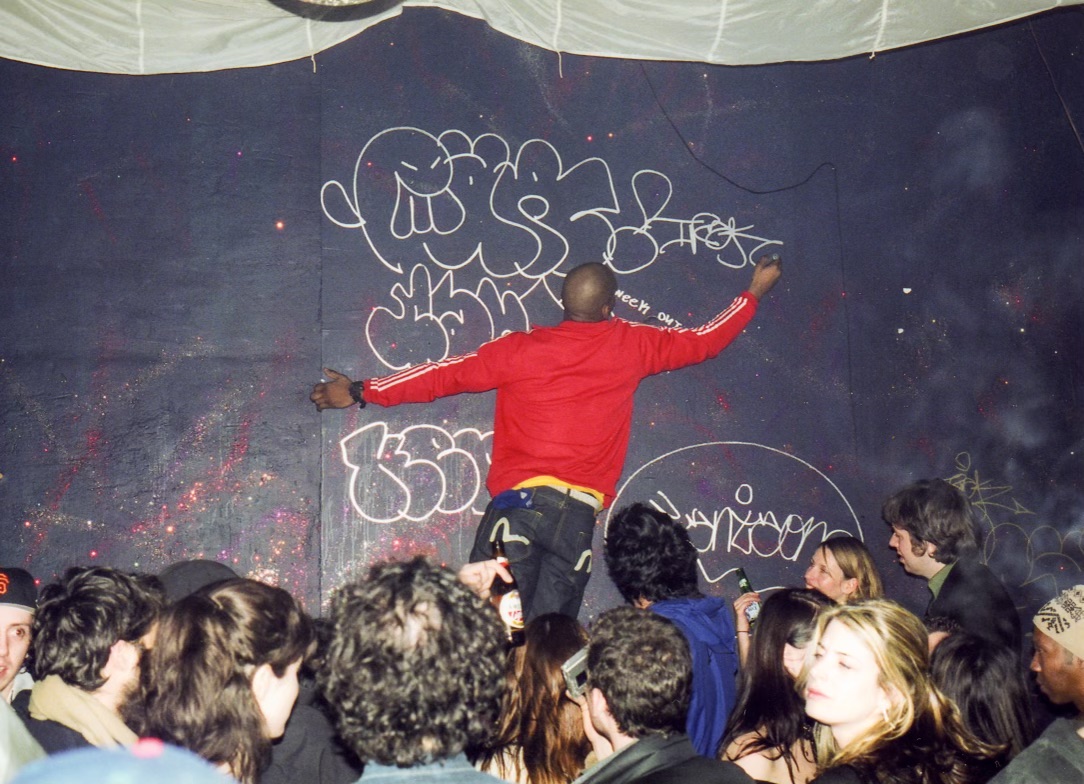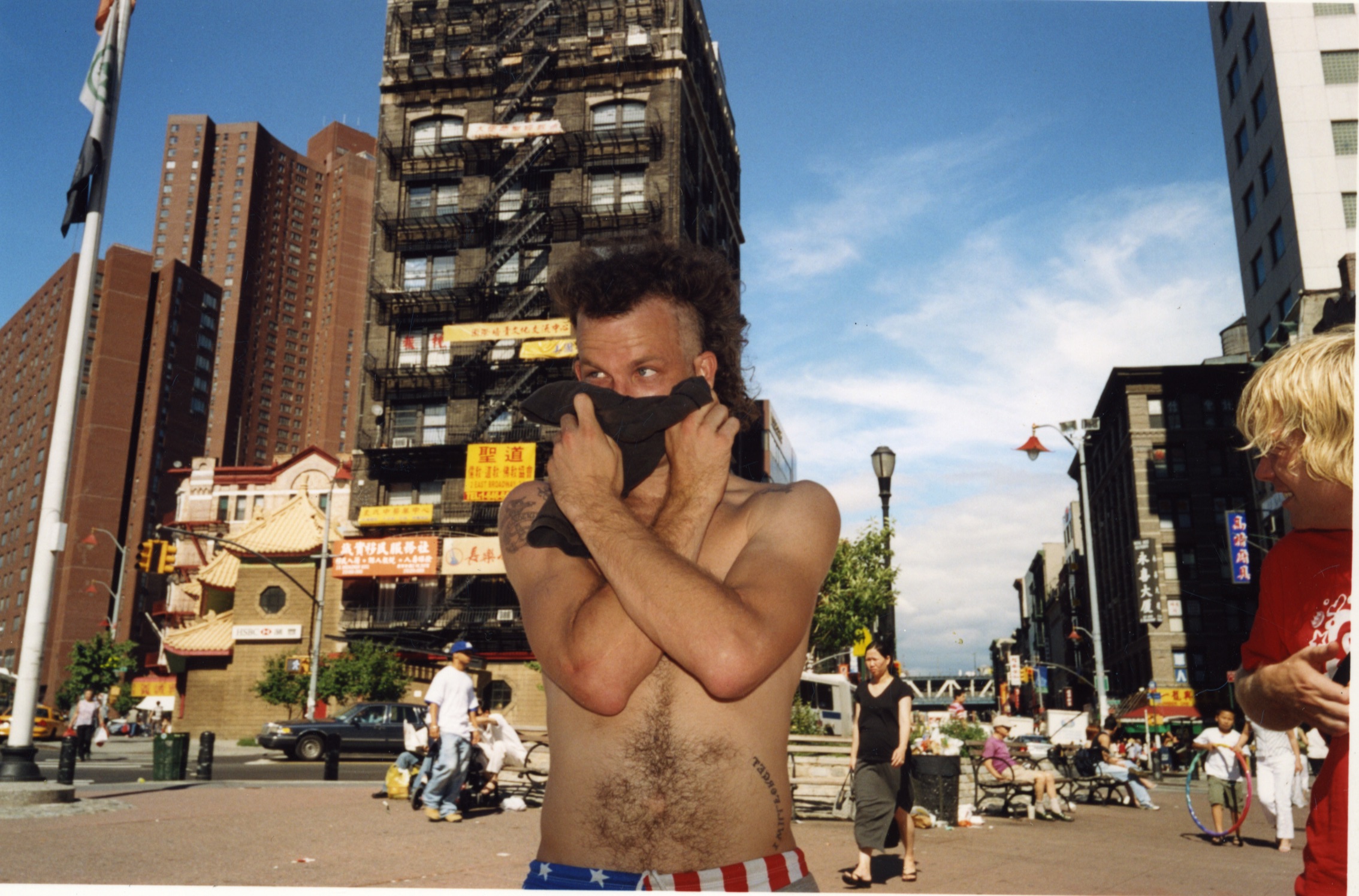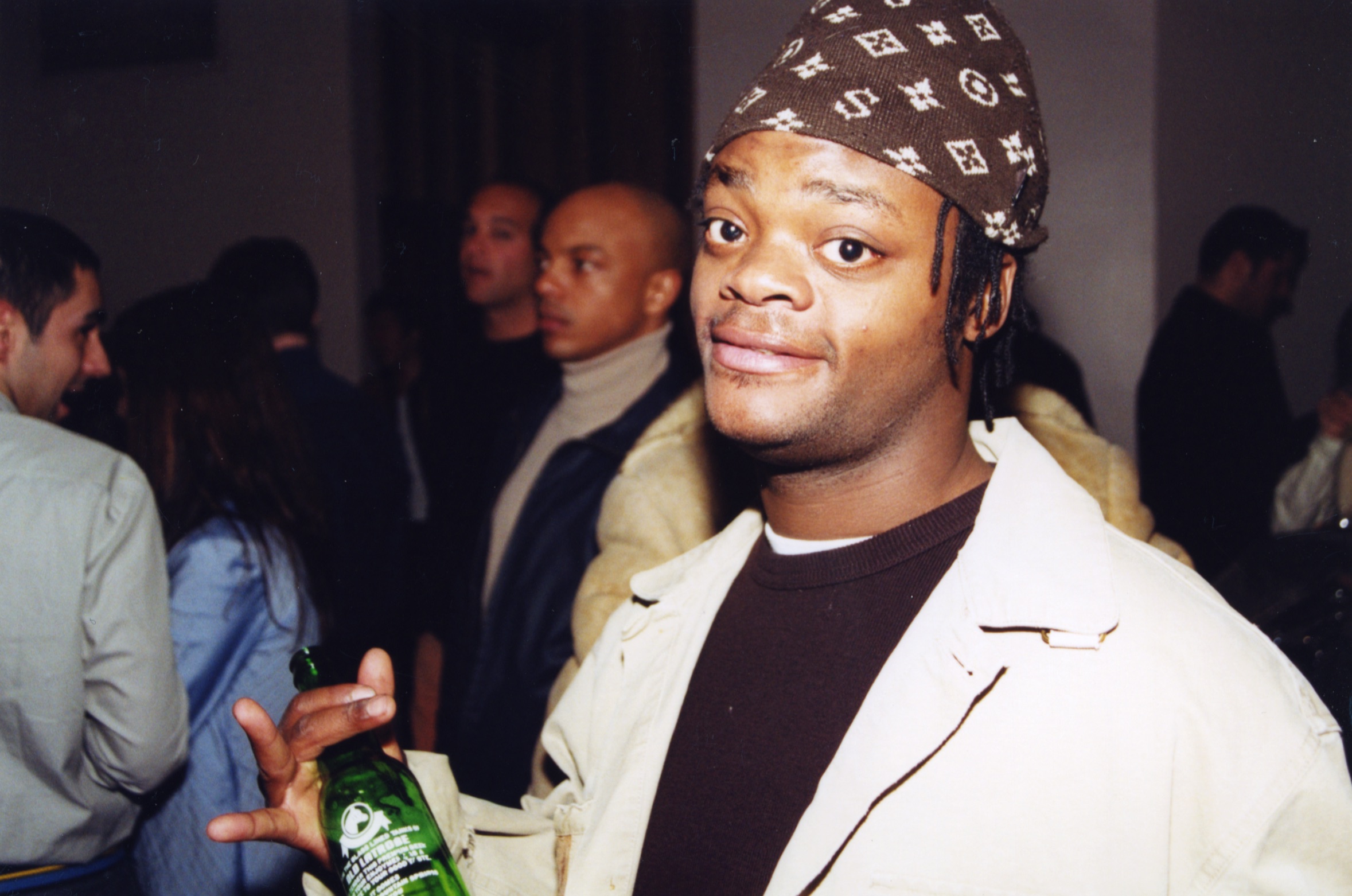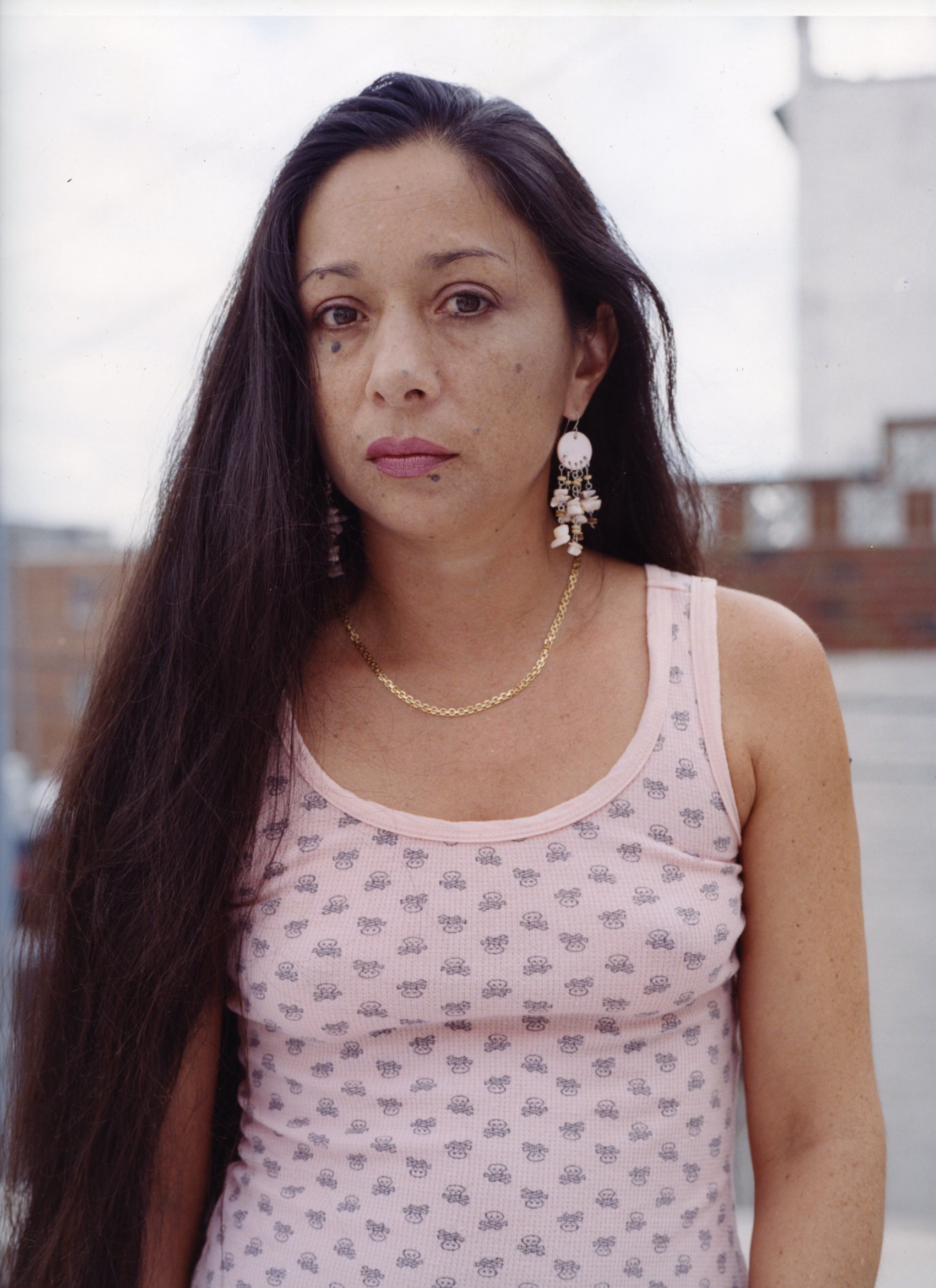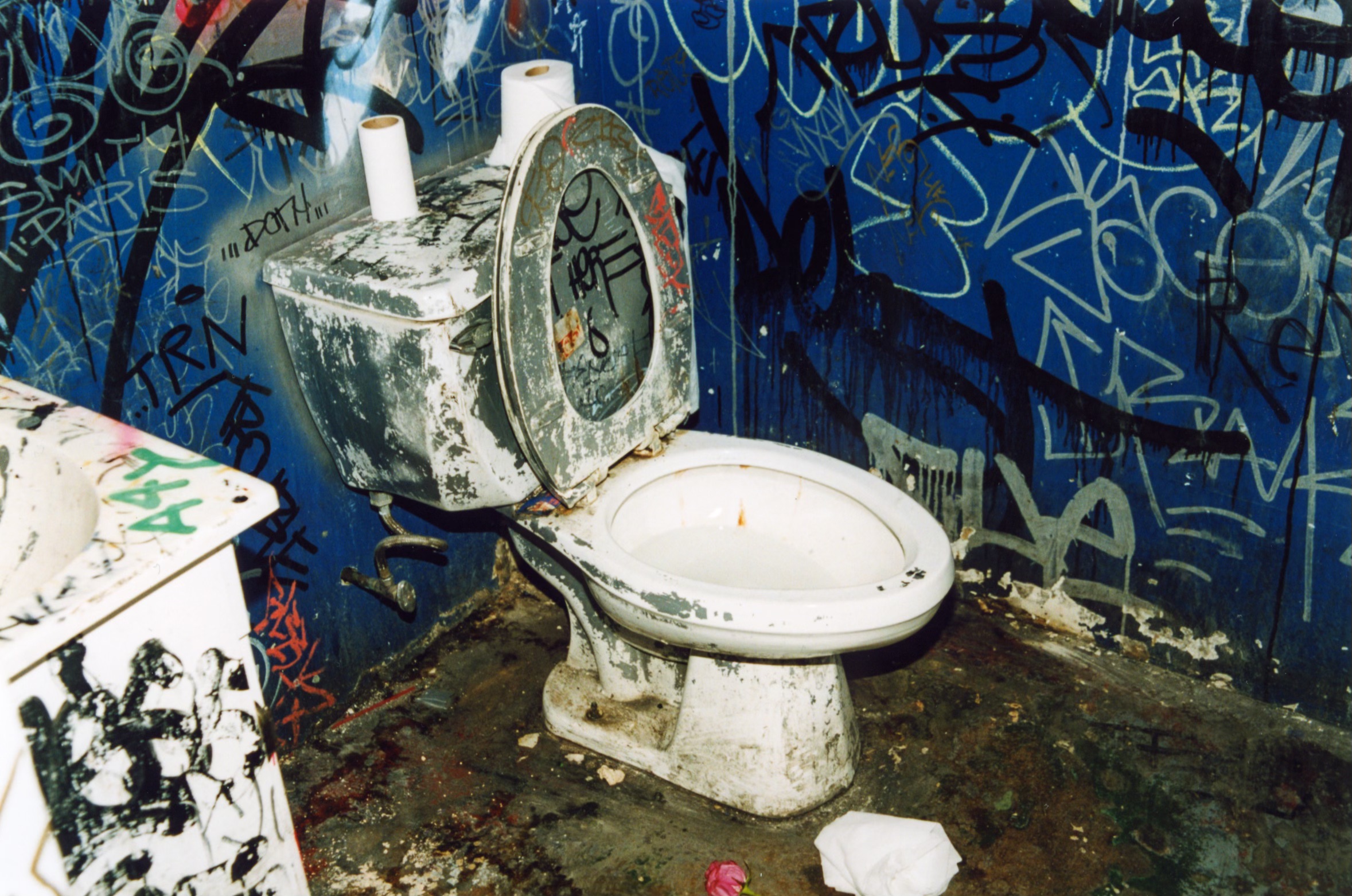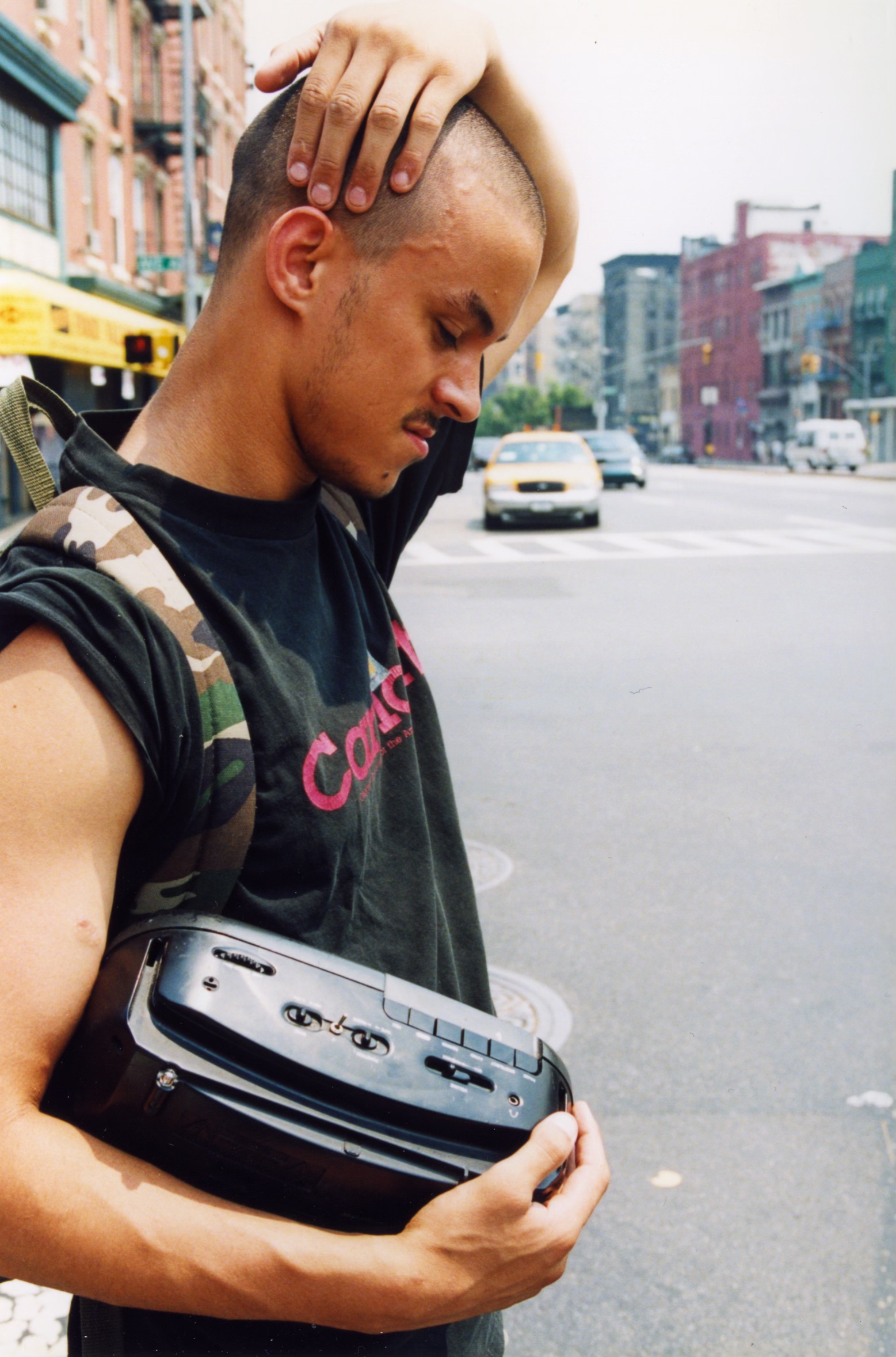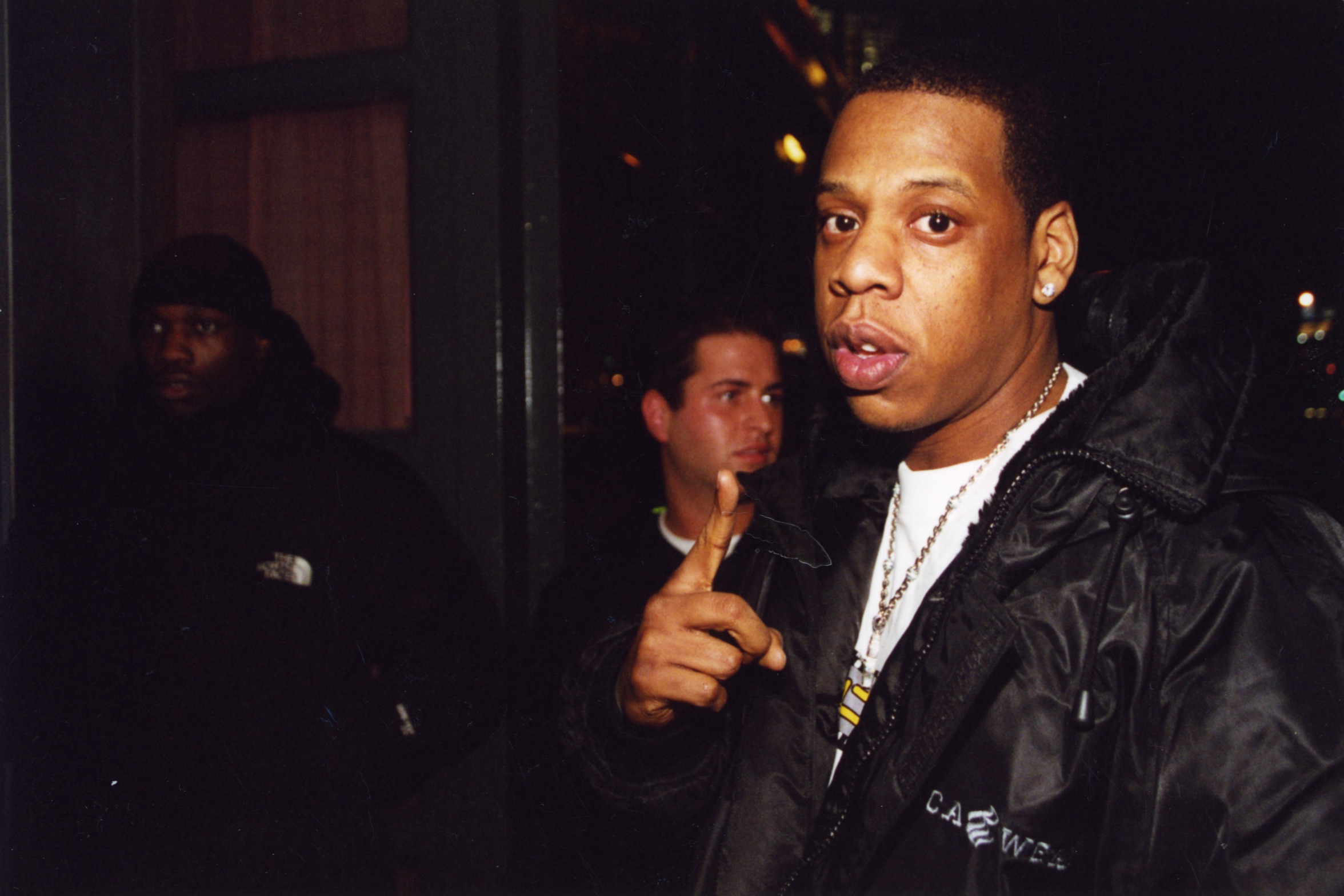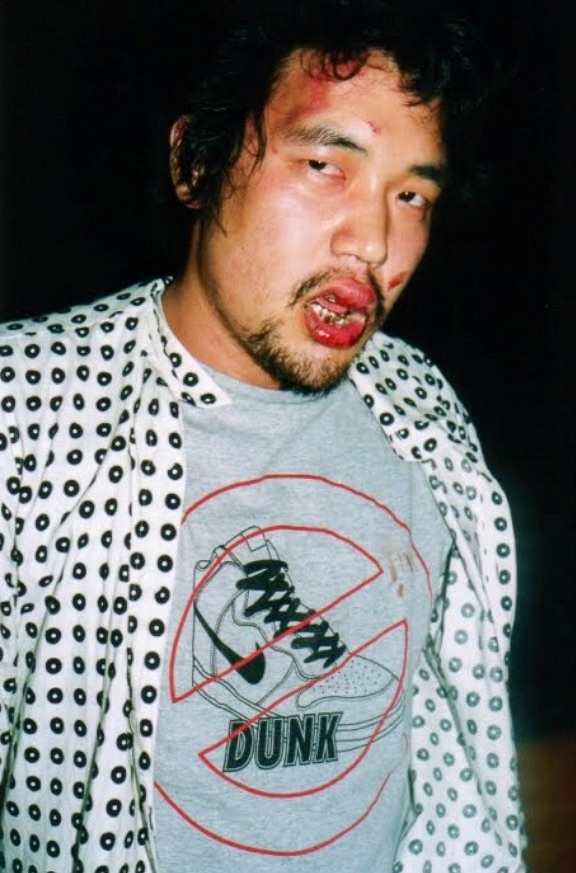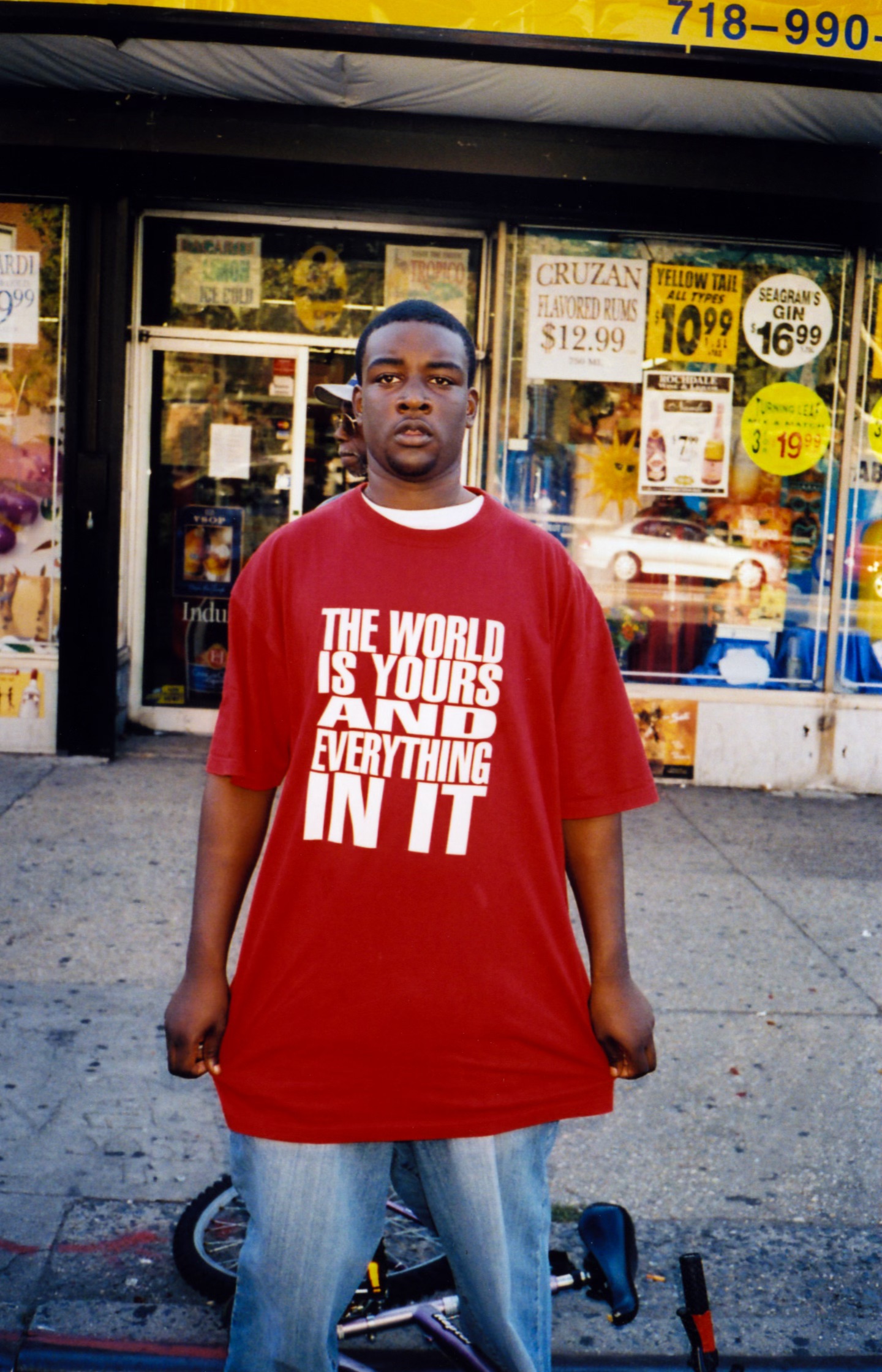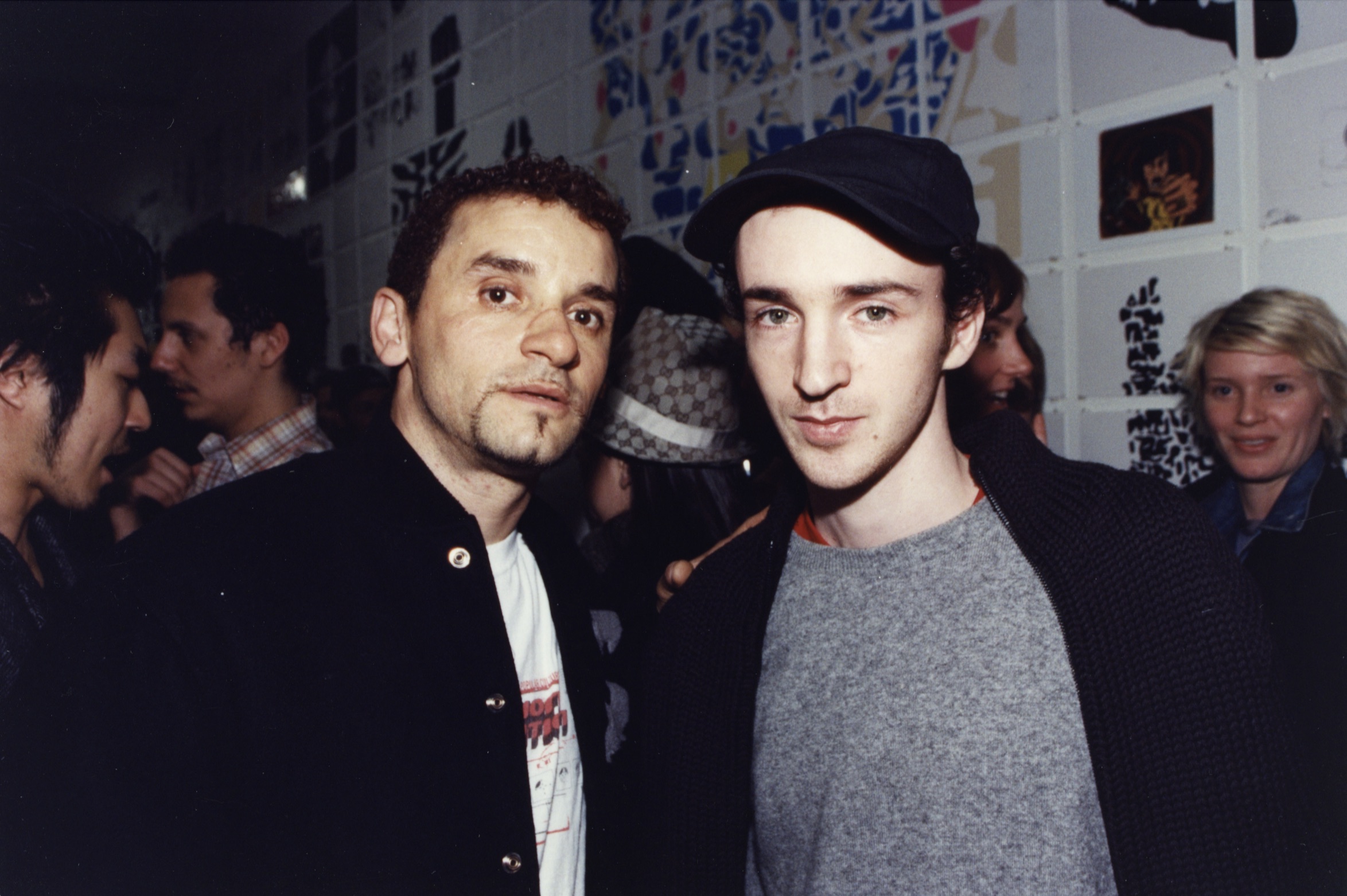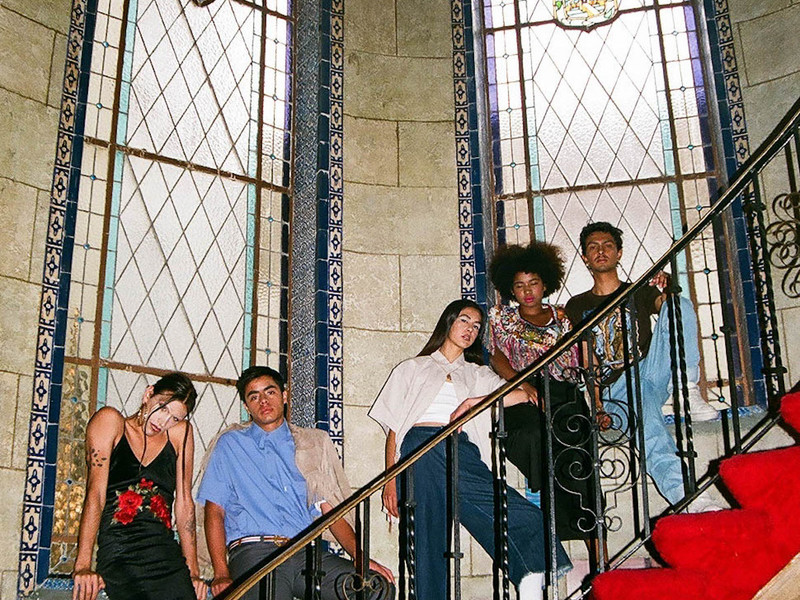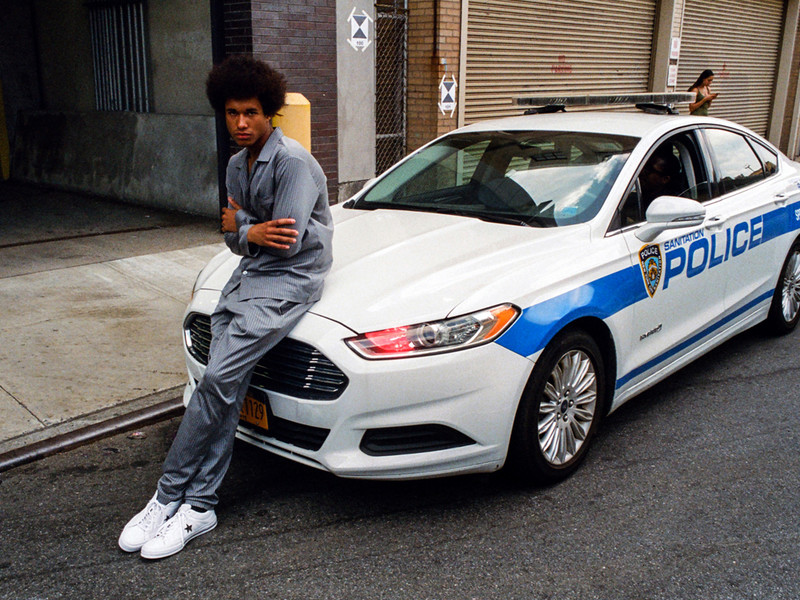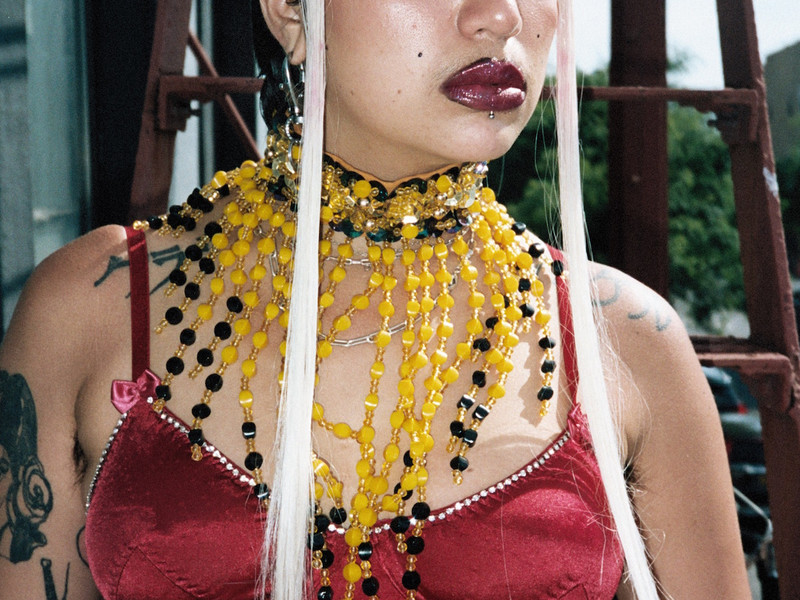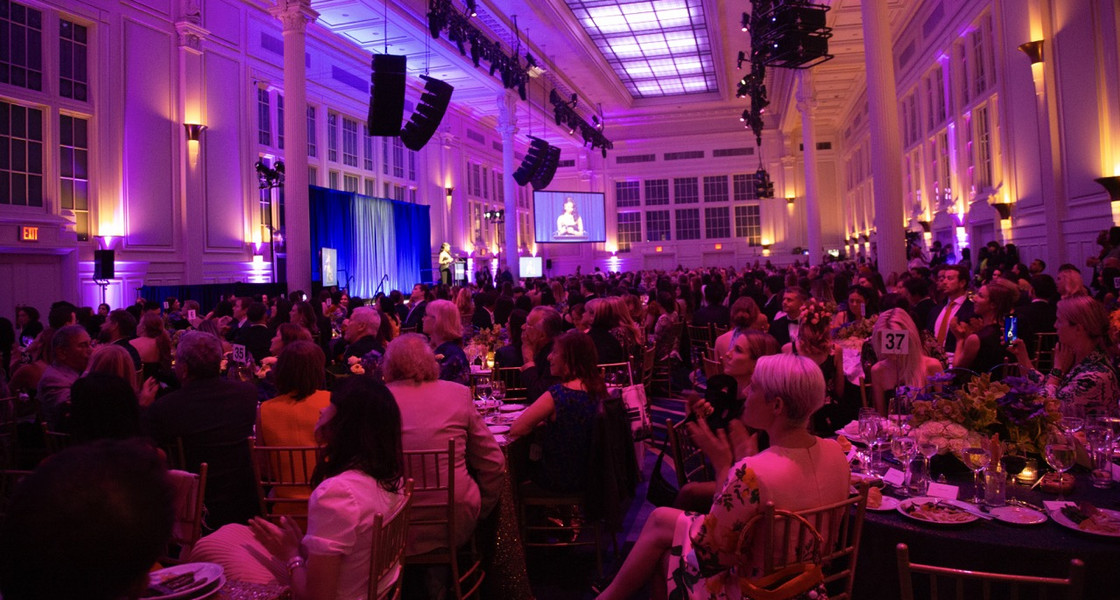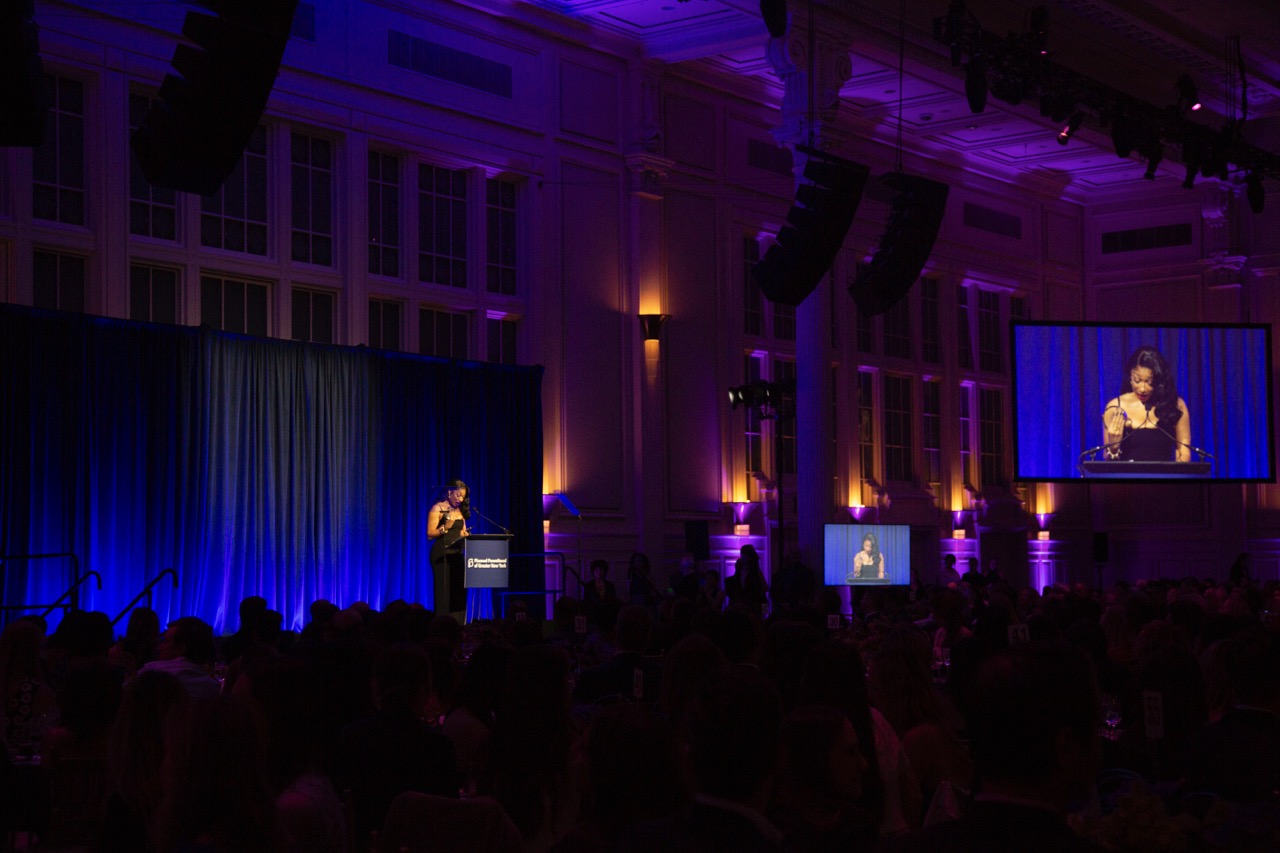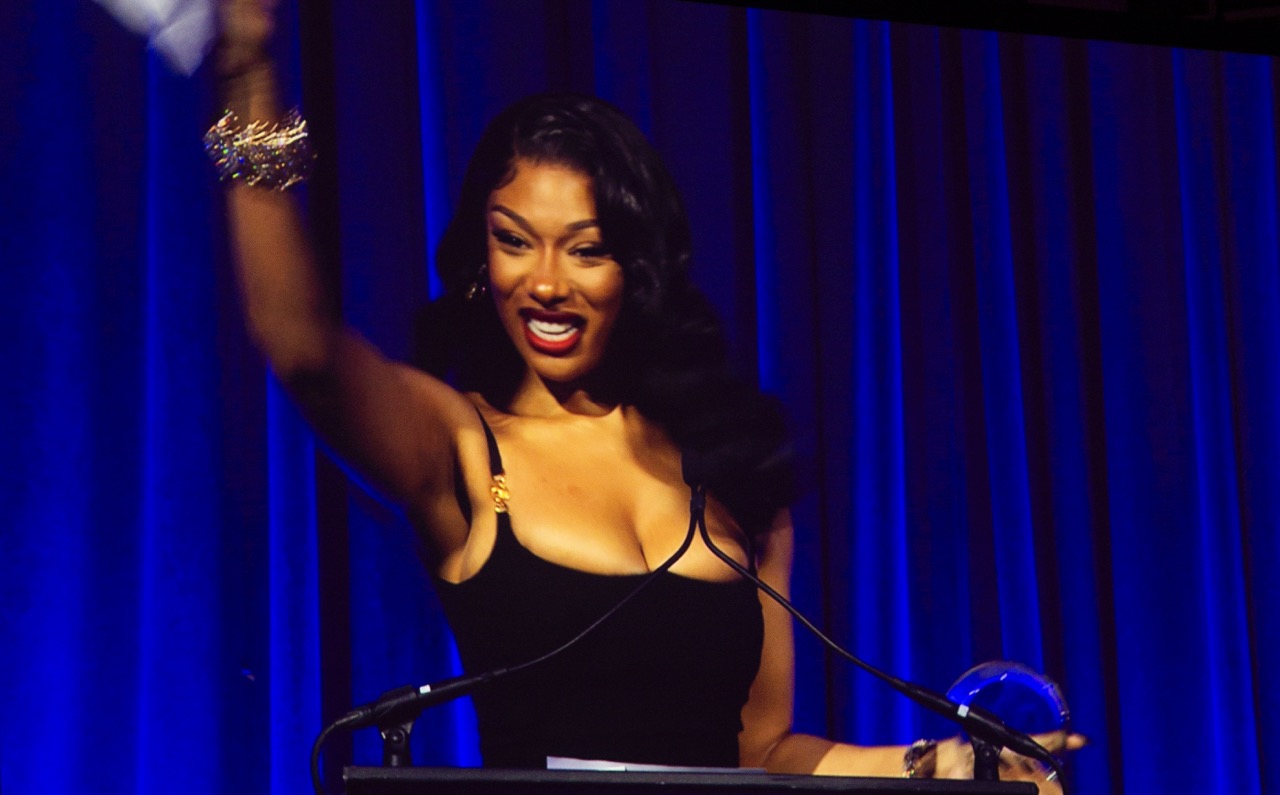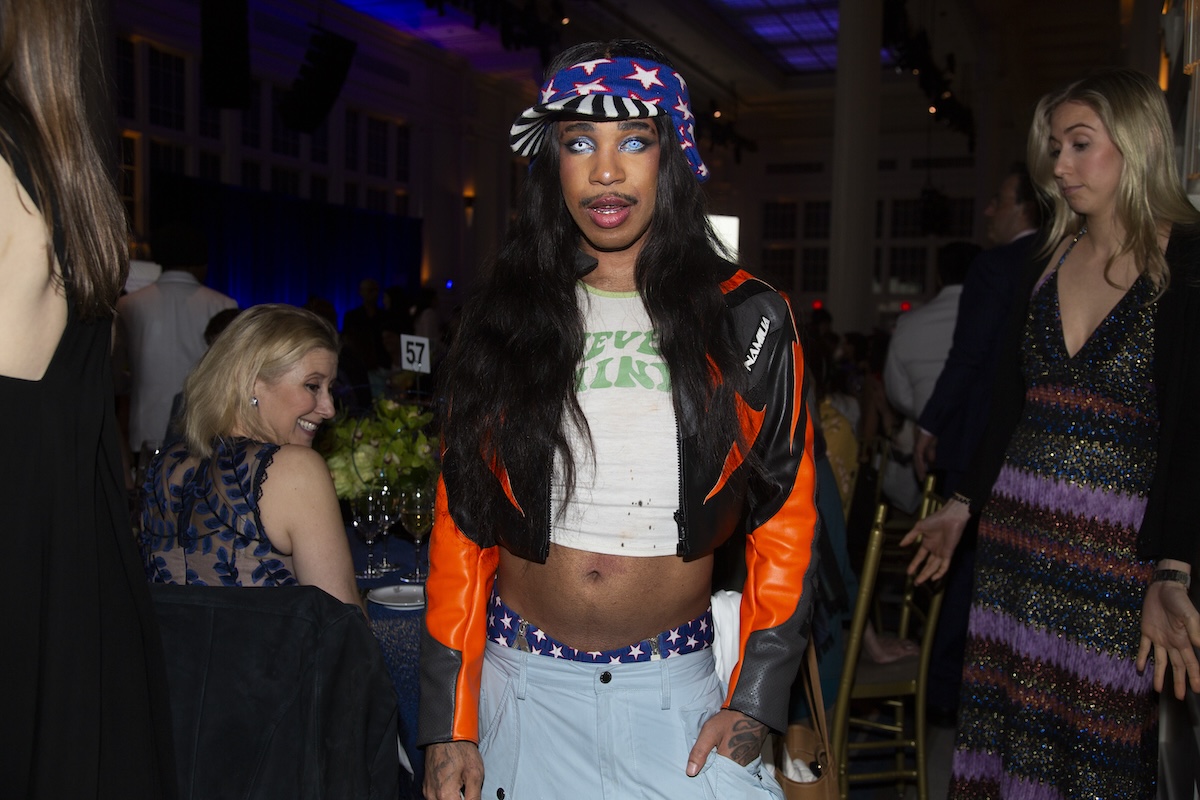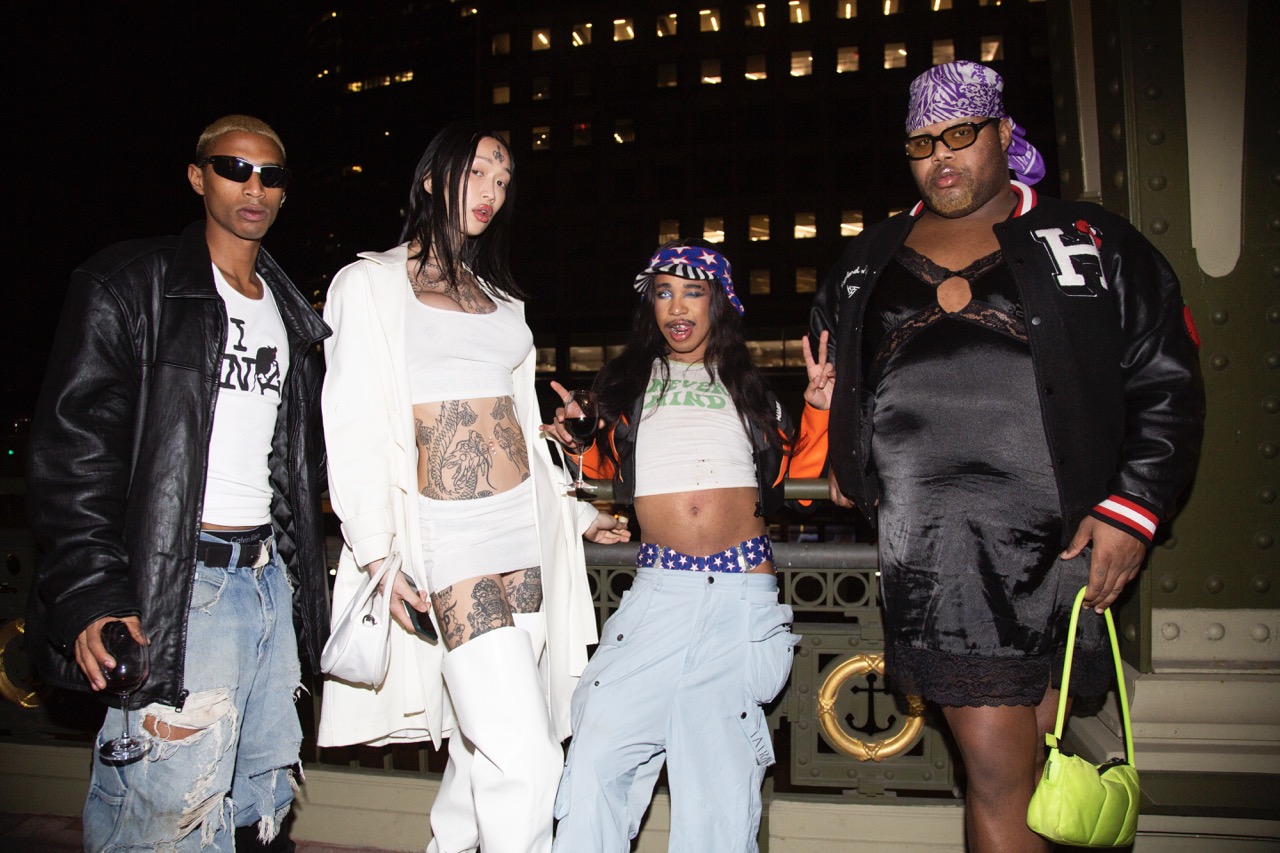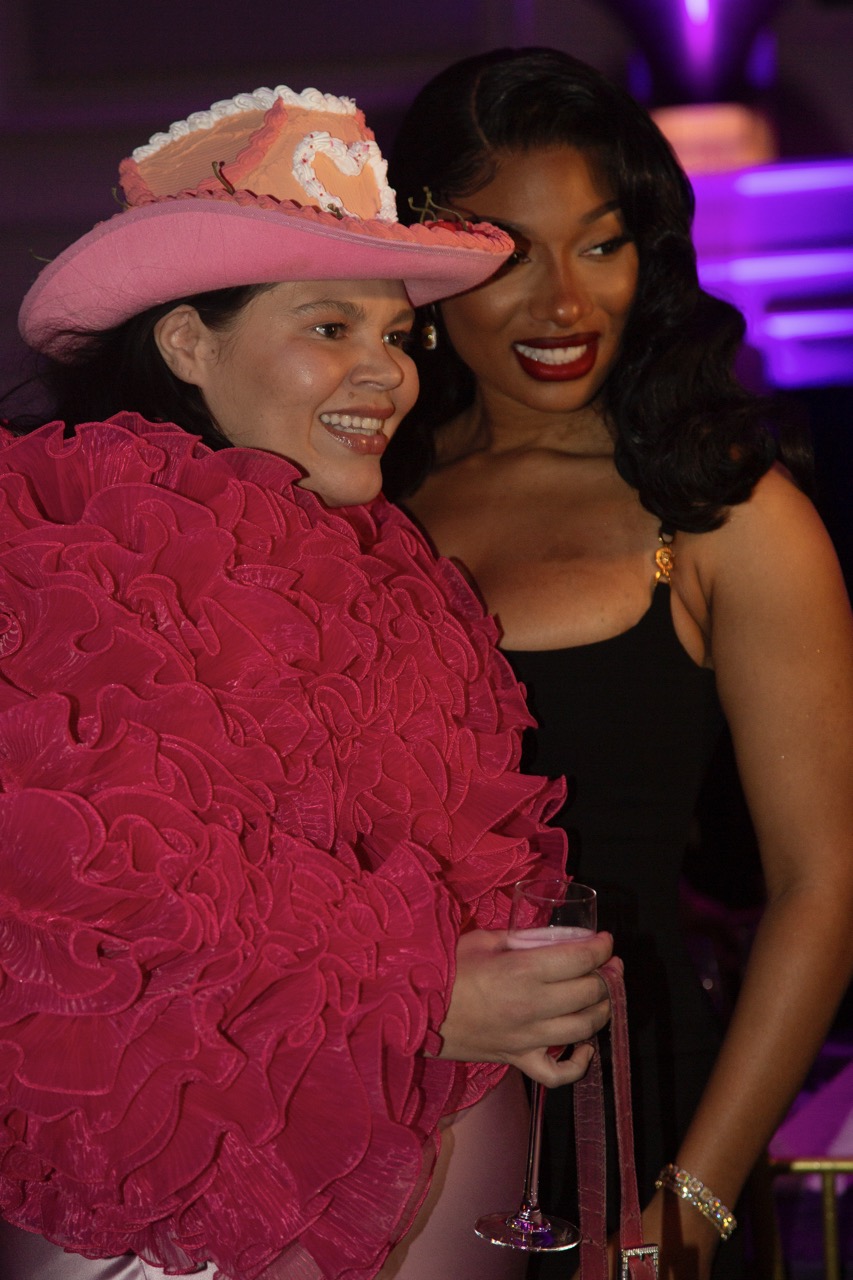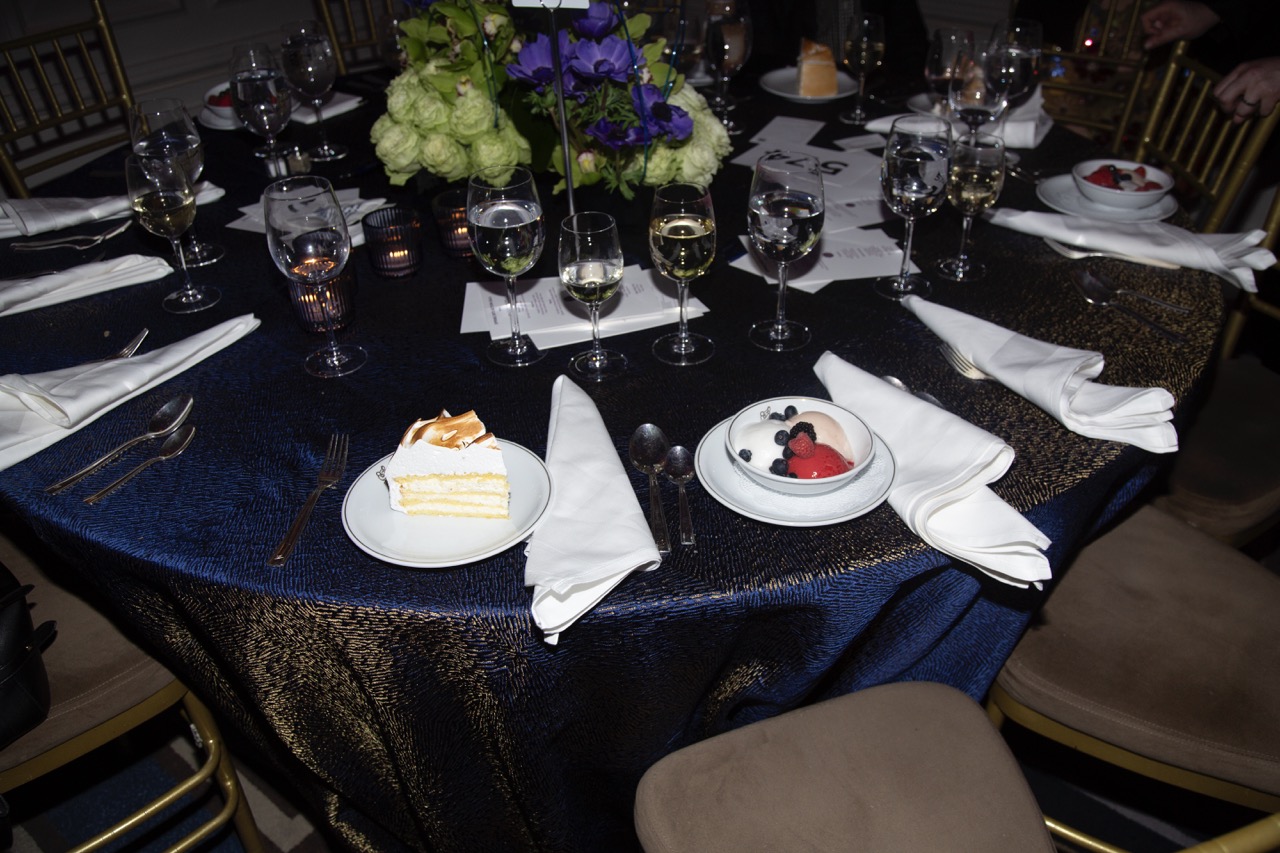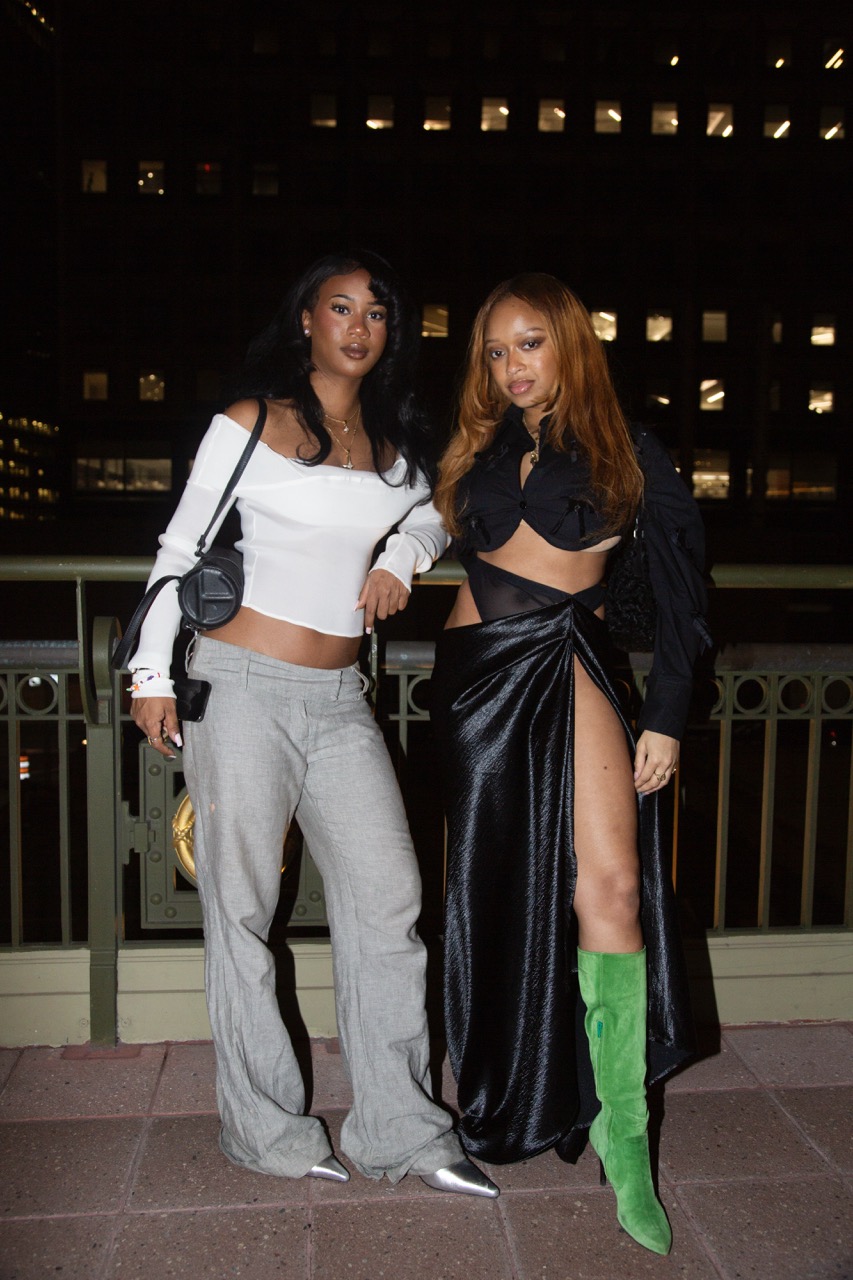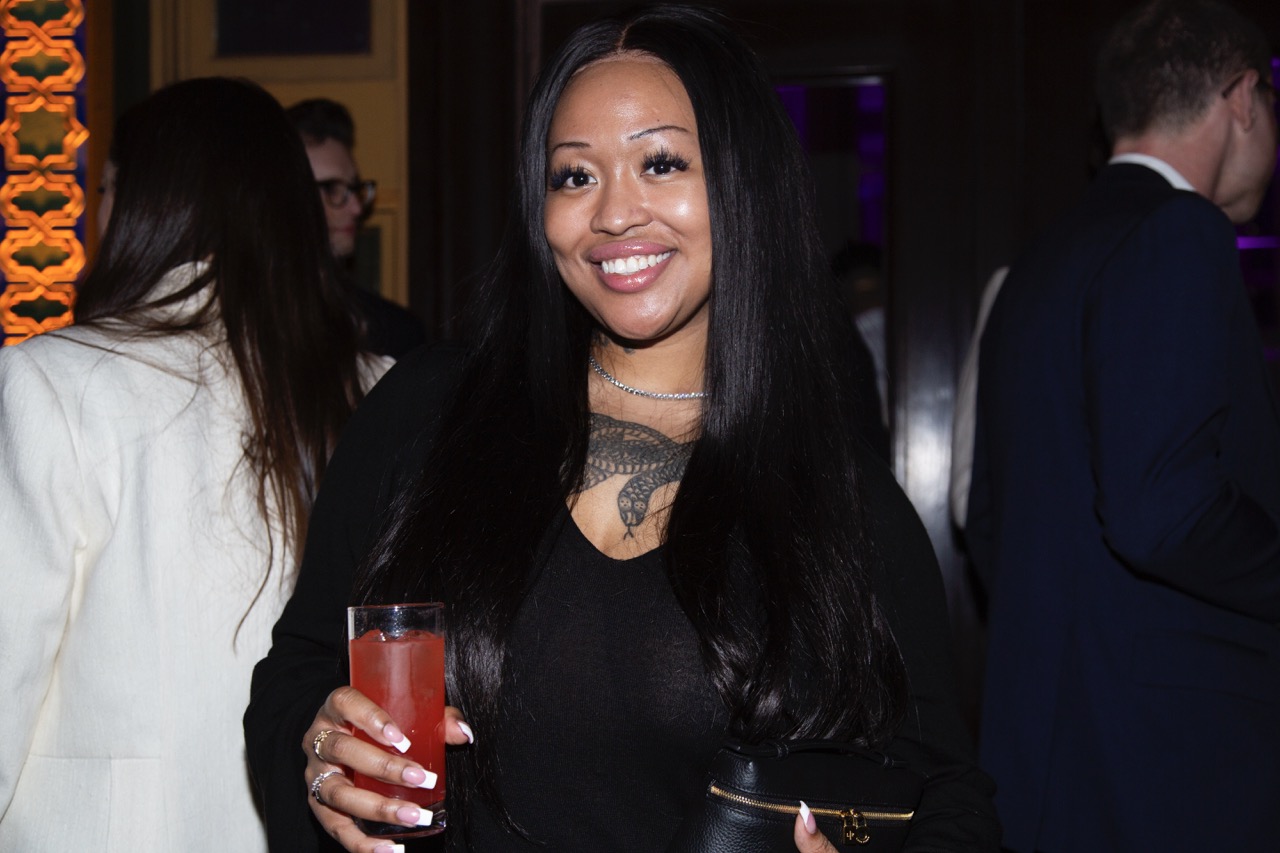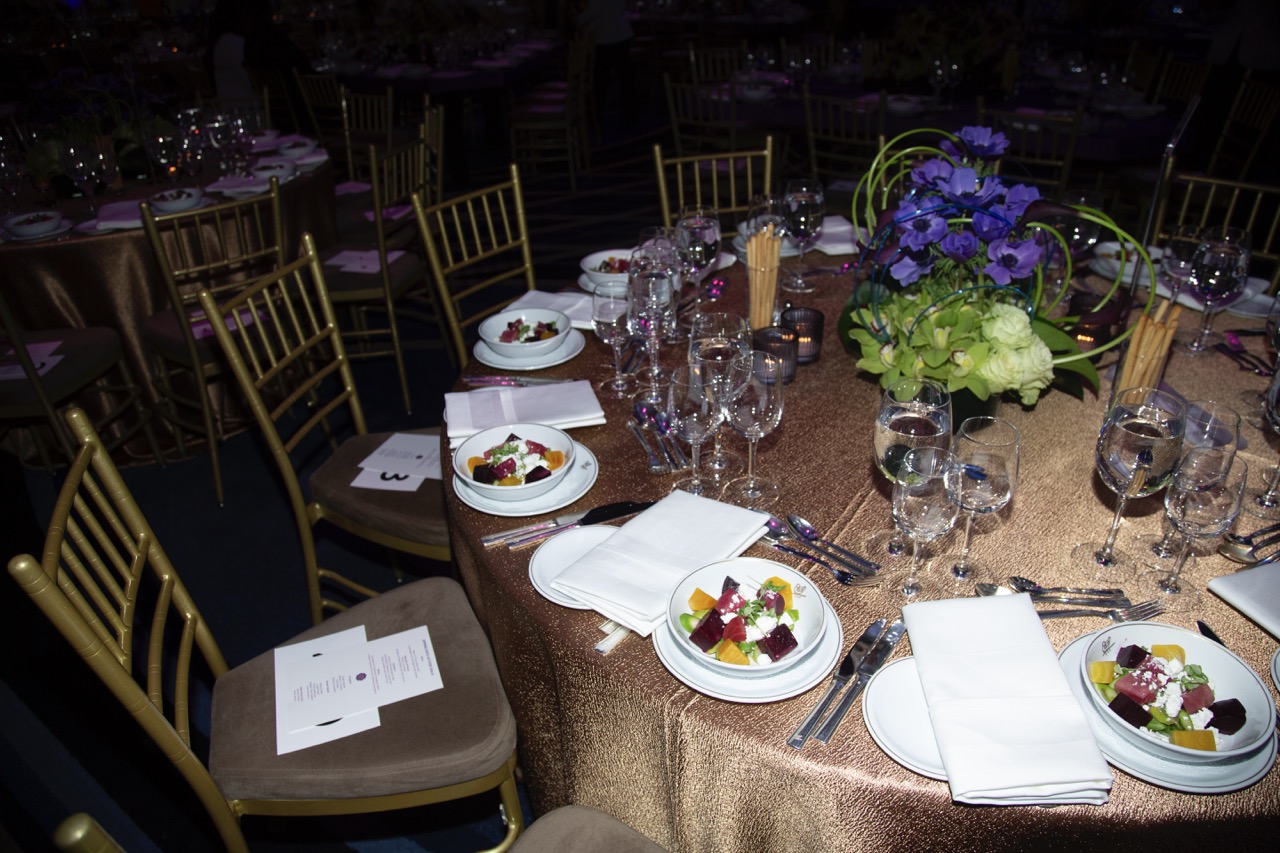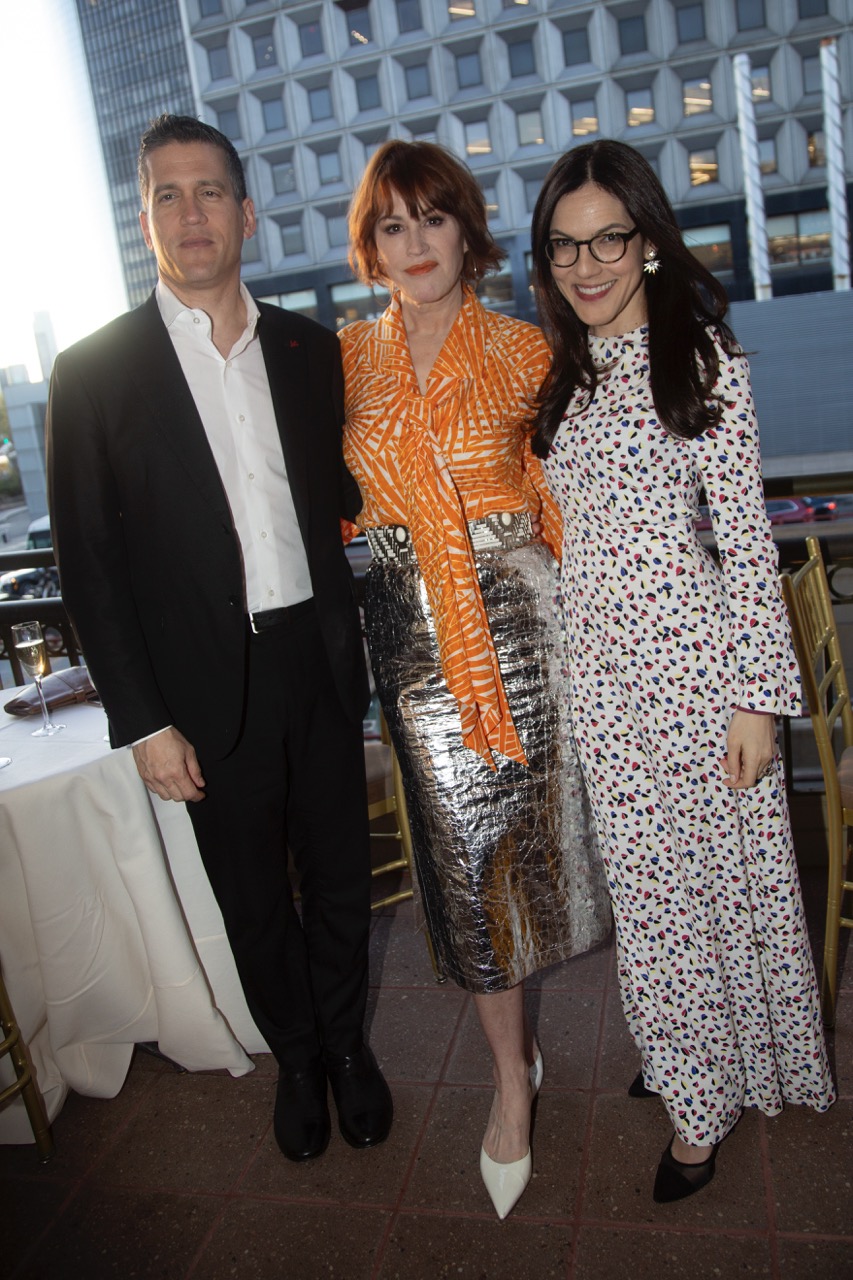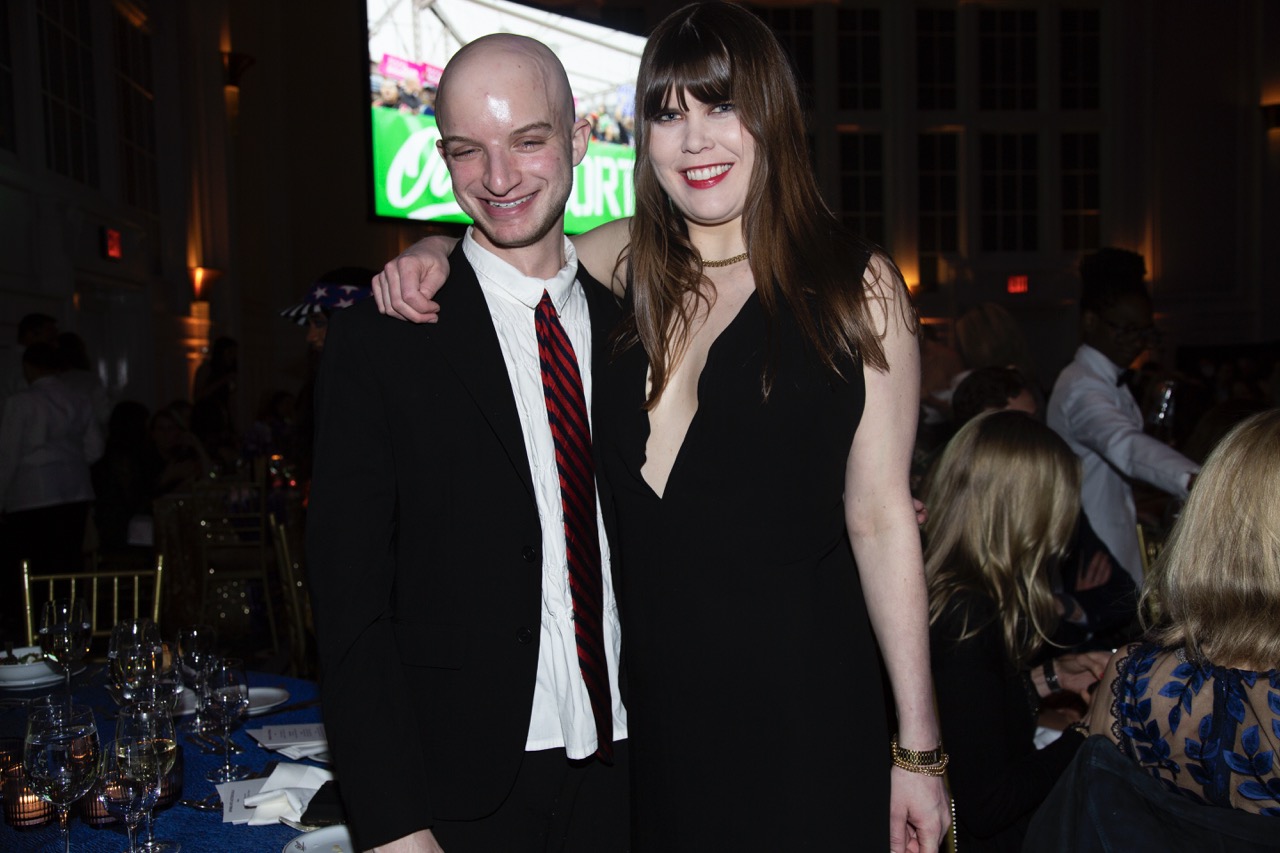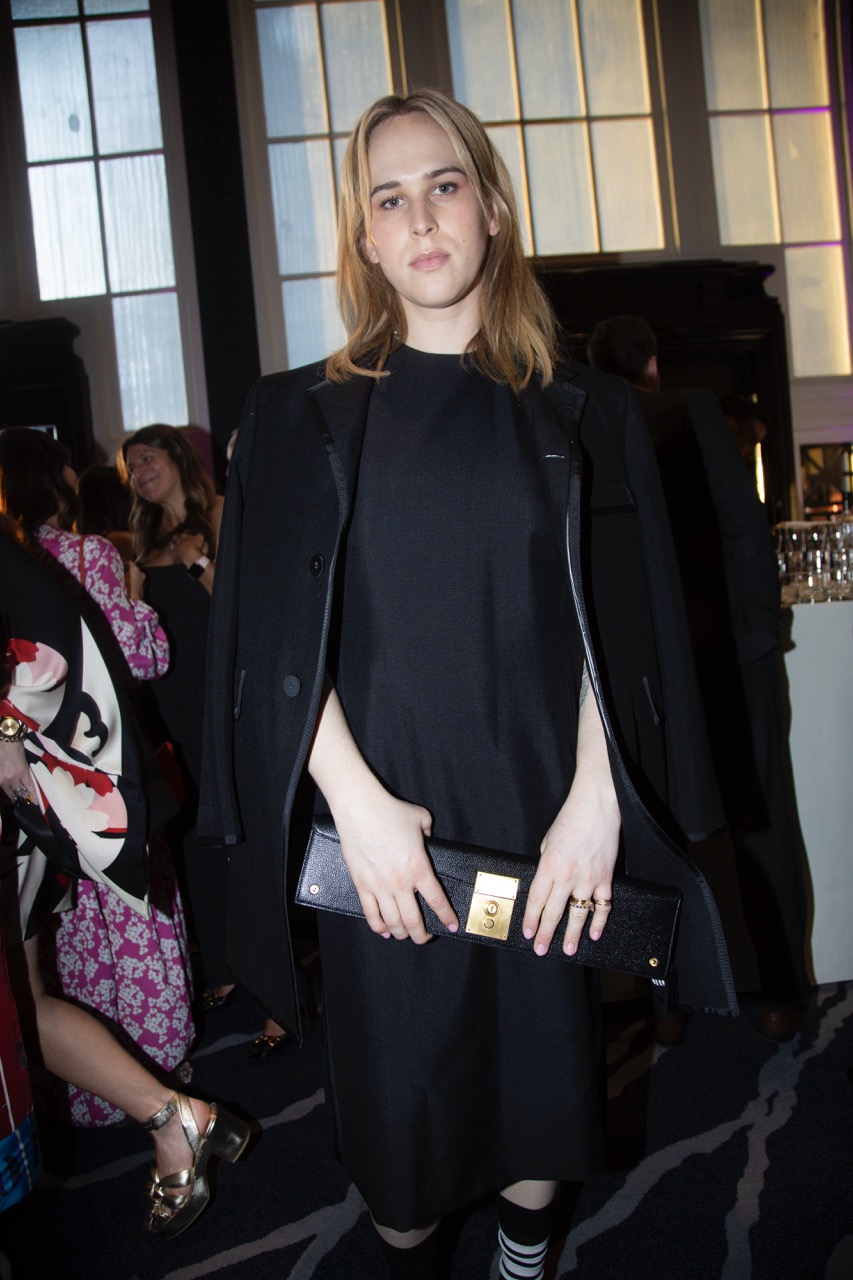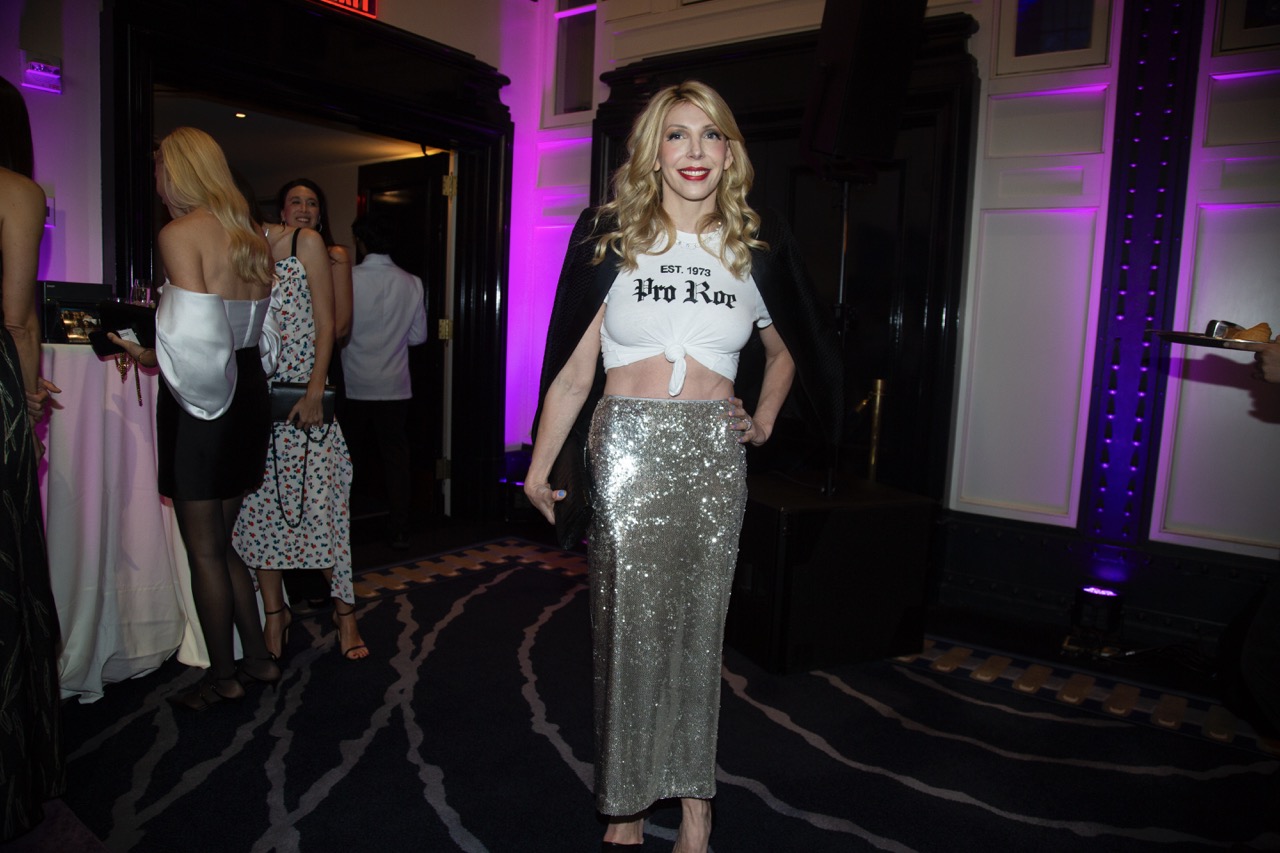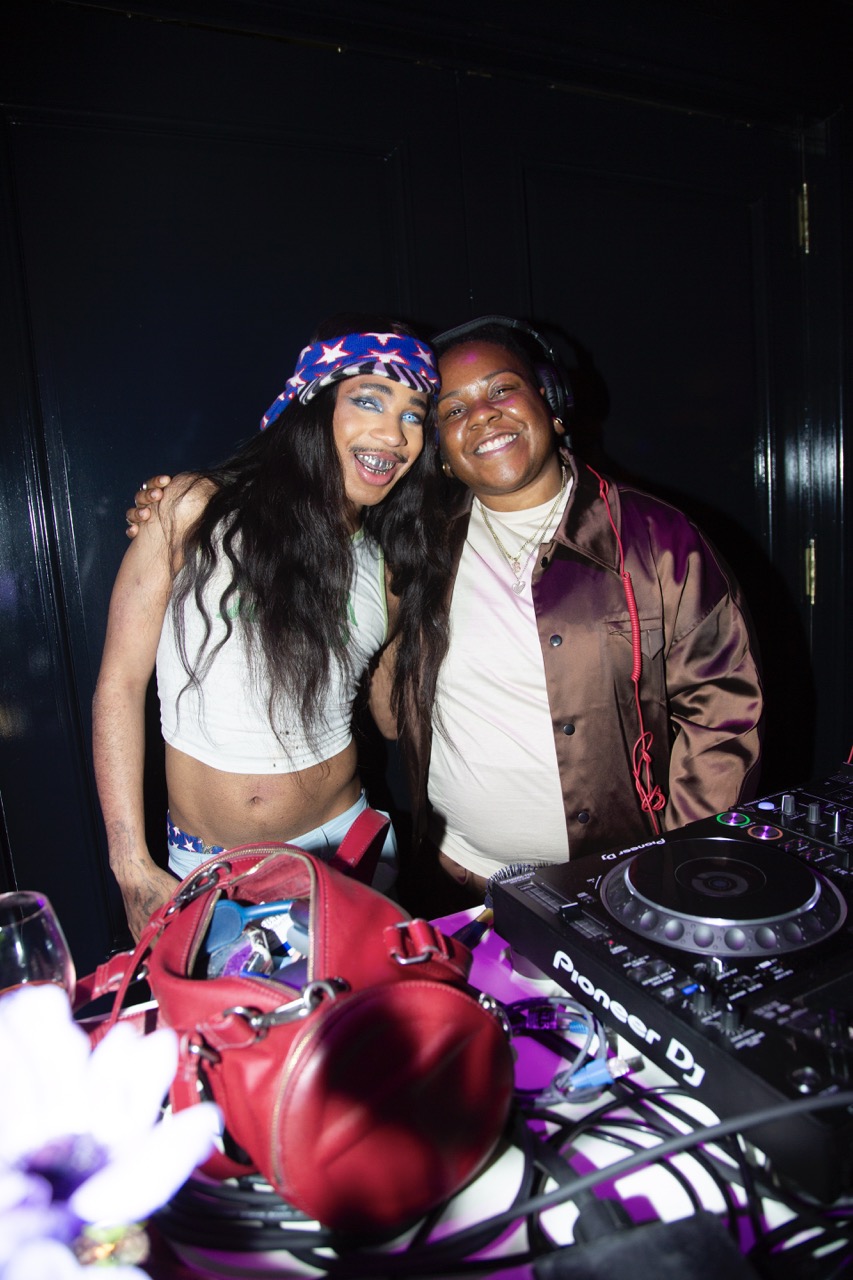Isn't It Iconic?
After moving to New York in 1993, Sheth began working at his uncle’s convenience store. Flash forward 25 years and that little family-owned shop on Mulberry Street has become the go-to spot for anything print, with three locations in Lower Manhattan—the original Mulberry Iconic, Lafayette Iconic and Bouwerie Iconic. To say he’s single handedly keeping print alive isn’t even an overstatement—at least in New York City.
But being one of the last of the city’s old school newsstands (you know the kind—think: magazines, pipes and a little X-rated section) can’t be easy, especially when your product comes from an industry that everyone, including its leaders, have declared dead. It takes patience, savvy and, perhaps more than anything, passion—and Sheth has more than all of his magazines combined, which, if you’ve ever stepped foot in Iconic, you know is a lot.
Read our interview with the owner, below.
Why did you first come to New York?
Everybody wants to come here. Everyone has a dream—it's a great life here. And back then, it was easy to get a visa. I love everything about New York—it’s energy; it's the best business place in the world. When you put everything together—life, energy, the people, you just can't beat it.
How did you come to own Iconic?
When I came over here, I started working in a convenience store. My uncle had a business and I started working for him. Since I was in engineering, art and fashion has been my passion from the beginning. In 1995, I took over the convenience store location. That's when I filled it with magazines—it was my idea. That's what I was interested in, and that's what people wanted, and still want. I’ve always loved art and fashion, and spiritual magazines. I’m not an artist, I guess, but I love to read about them. When I started, I was also the first one to display the magazines in acrylic stands, so that you can see the whole cover, and I designed all of my own locations myself.
What draws you to print media? Everyone nowadays is online or using their Kindle.
I remember when Kindles came out. For the first three or four years, it hurt print media a lot because of the convenience. Still, print is much better because you have the copy in your hand—you can look at it and feel it. People who are interested in the art of reading, they want to feel it. You just don't get that on a Kindle. I have two kids—they’re 18 and 15—and at first, they were on Kindles and iPads. But after a couple years they came back to print. t's about the feeling of it, the smell even.
It's such a good feeling to flip a page, and not just for the reader, but for the artist—it's important to create something physical.
Over the last year, I’ve seen the world come back to printing. I've seen more independent publications, more people buying and coming into the market.
What are some magazines that people ask for consistently?
Vogue, British Vogue, Purple and office, definitely. I get a lot of inquiries about all of the independent magazines. Independent publications are so unique, each and every one has their own style, and they have close followers. In 2005, when everyone thought print was dying, weekly titles in America stopped printing, and they were all going online. But not art and fashion magazines—they’re different. And they’re still in demand—they always will be.
Why did you name your stores ‘Iconic’?
It's a cool name, right? Iconic means that it’s something unique, something that stands out. If I want to create something, I should use a name that has as much of an impact as what I'm doing.
There's a connection between iconic magazines and iconic people. What role do magazines play in making people iconic? Or is it the other way around?
It goes both ways. To be iconic, you have to prove yourself, right? Then you need social media and publicity. Everyone sees magazines. So, they both help each other, in a circle. Kim Kardashian became iconic, and she couldn't have done that without the media, especially print media. And iconic magazines—not the store—create that status by having iconic people on their covers.
So many people still say that print is dying. Big bookstores like Barnes and Noble are closing all of the time, but you seem to only be doing better.
It's the location—and we are dedicated to what we're doing. We’re a small business, so we don't have an owner like Barnes and Noble, and we don't have to face the problems of a big company. We do what we are capable of, and we do it well.
How do you make a profit on a magazine in 2019?
We buy it from distributors and independent magazines on commission—we don't do wholesale. So, we pay for what we sell. That's the only way the magazine business is going to survive. There are just so many magazines and it's impossible to predict what is actually going to sell—it even changes with each issue. One might sell 100 copies, one might sell 20.
What sets apart the magazines in your store from other newsstands?
We have a lot of indie mags, and the quality and content is just so good. If it's too vulgar, we don't want to offend anyone, and the quality of the magazine we carry has to be incredibly high. I don't personally go through every magazine, because now we have some 3,000 titles, but I did do that in the beginning. It’s all about the content.
What's in the future for Iconic Magazines?
We have three locations that are doing very well. Magazine sales are going up every day. This business requires a lot of work, and the return isn't that high. Everyone is after easy money, and magazines are not that. It’s a lot of work. So, less and less people are in the books and magazines business. You really need to have interest in it. I not only have interest, but it’s my passion.
Visit Iconic Magazines at 188 Mulberry Street, or at their other locations on Lafayette and Bowery.
